Tech Articles
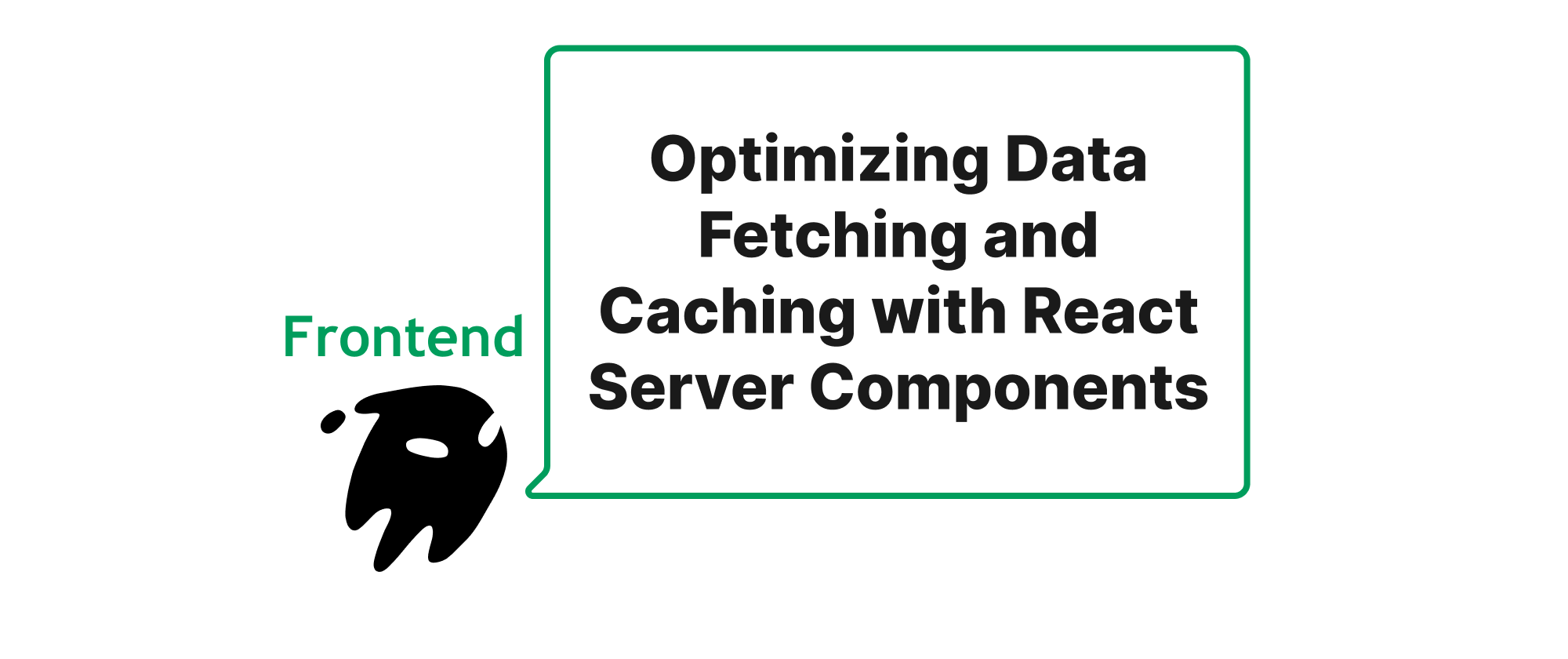
Optimizing Data Fetching and Caching with React Server Components
Exploring data fetching patterns and caching strategies within React Server Components to build highly performant and user-friendly web applications.
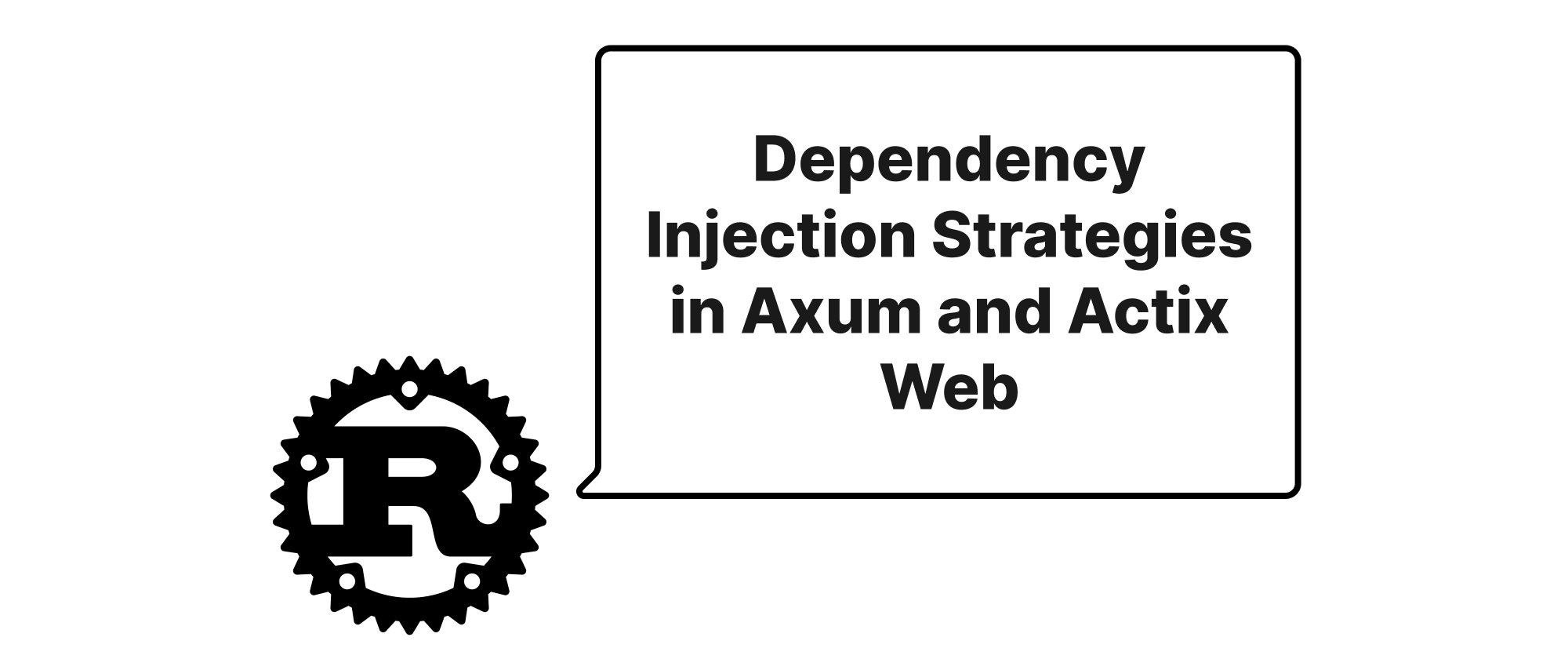
Dependency Injection Strategies in Axum and Actix Web
This article explores practical dependency injection patterns for Rust web frameworks like Axum and Actix Web, enhancing testability, maintainability, and modularity through common DI techniques and code examples.
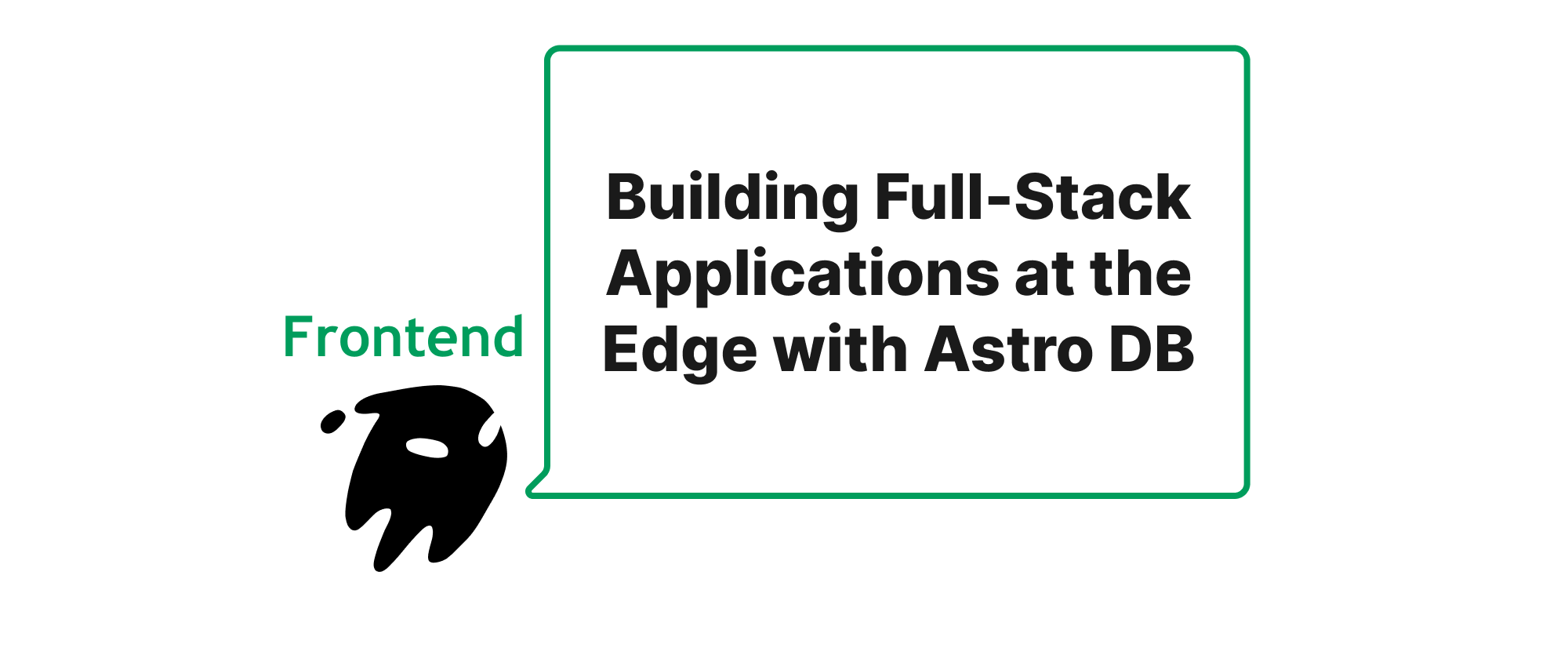
Building Full-Stack Applications at the Edge with Astro DB
Explore how Astro DB offers an integrated database solution for building performant full-stack applications in edge computing environments, leveraging its simplicity and seamless integration.
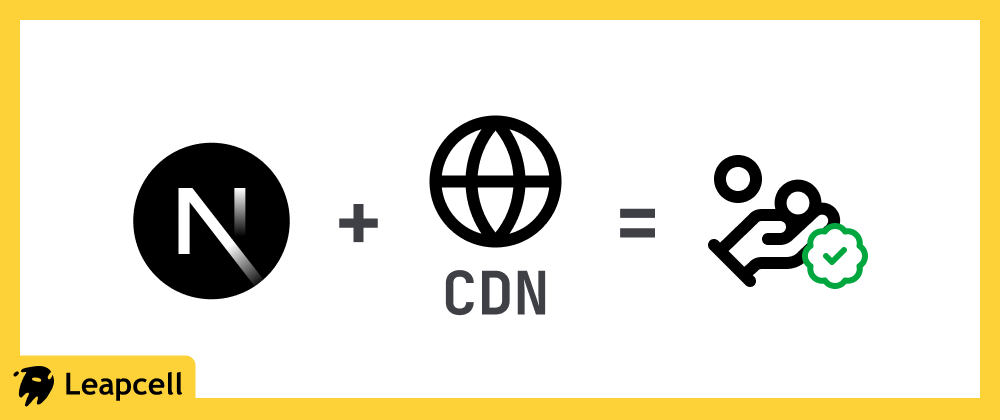
How to Use a Third-Party CDN to Reduce Next.js Hosting Costs on Vercel
Avoid high Vercel bandwidth costs on your Next.js project. Learn to configure a third-party CDN for static assets and images to slash your monthly hosting bill.

What's the Real Cost of Hosting an E-Commerce Website on Vercel, AWS and More?
Vercel's free plan prohibits commercial use, and its Pro plan has high bandwidth costs. This article exposes the hidden fees for e-commerce sites and explores more affordable alternatives.
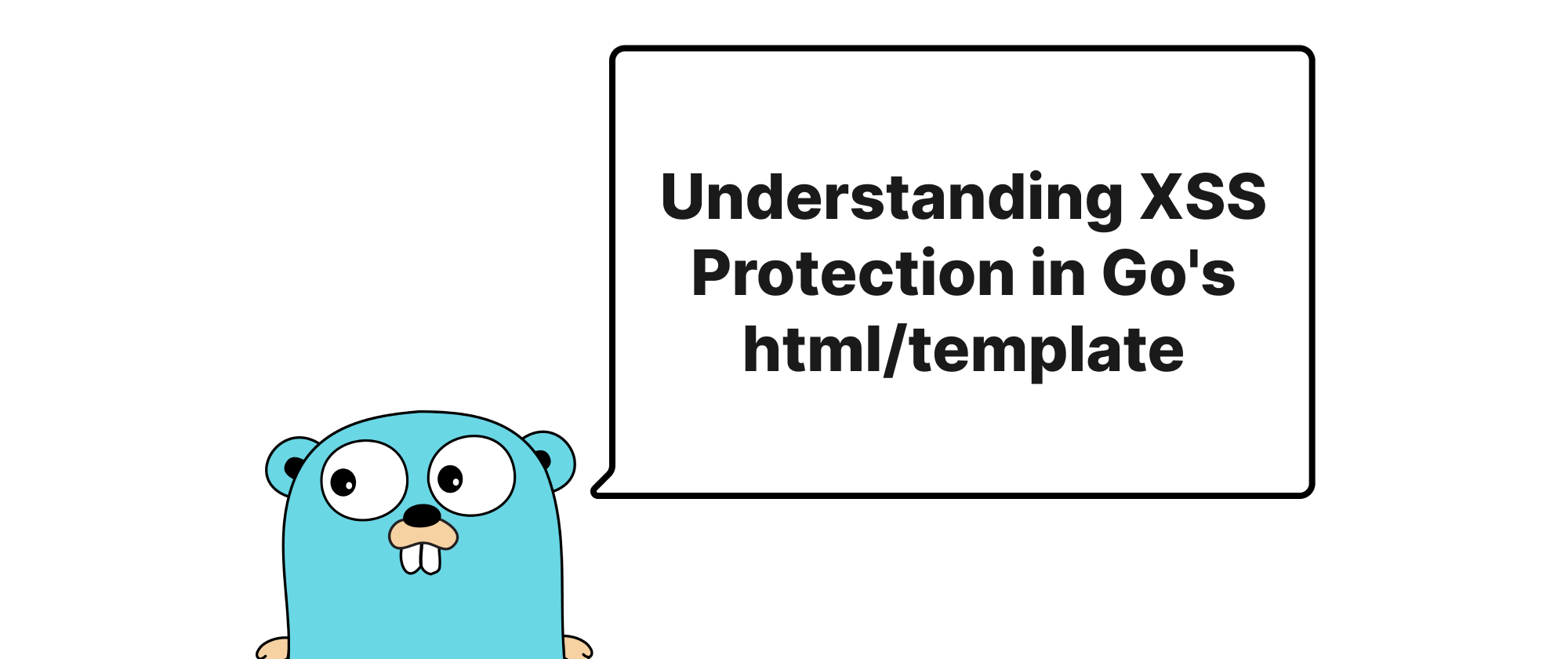
Understanding XSS Protection in Go's html/template
Delving into how Go's html/template package fundamentally prevents Cross-Site Scripting vulnerabilities, highlighting its automatic escaping mechanisms.
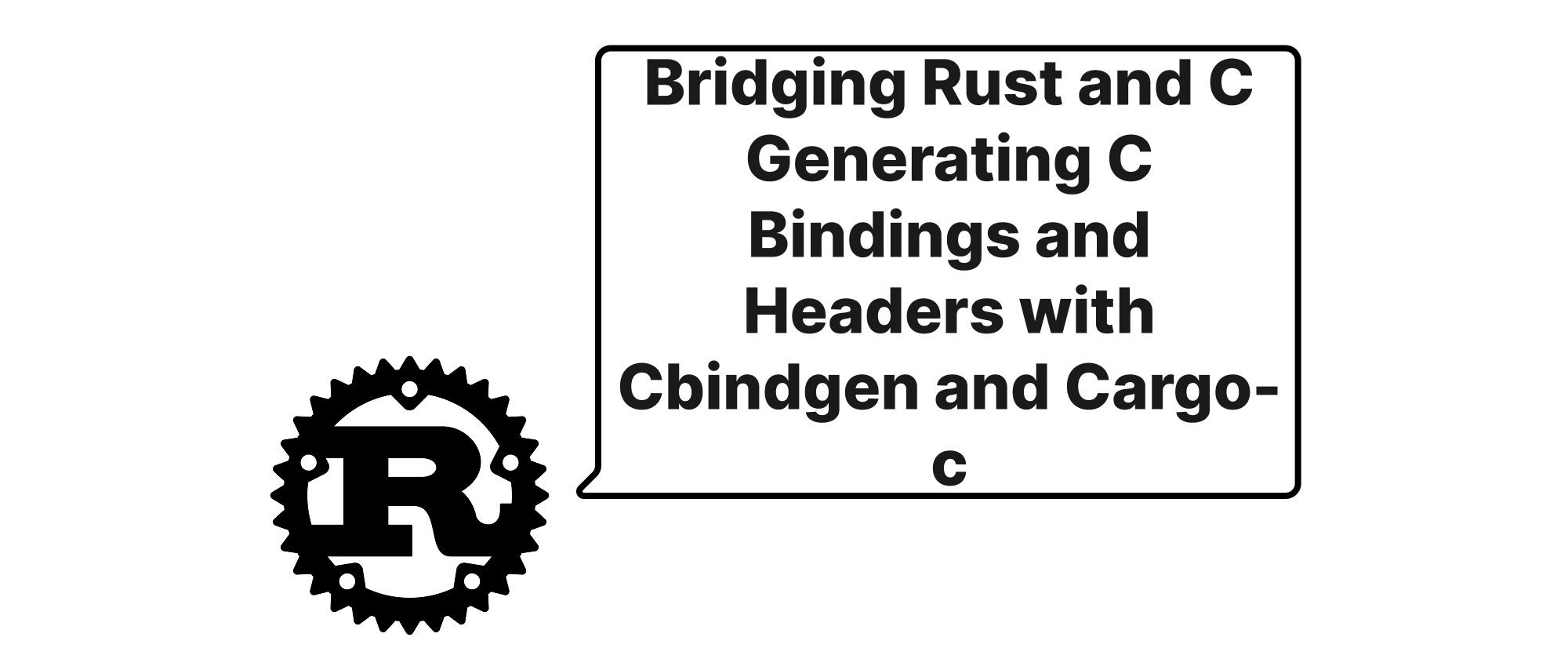
Bridging Rust and C Generating C Bindings and Headers with Cbindgen and Cargo-c
This article explores how to generate C headers and bindings for Rust libraries using cbindgen and cargo-c, enabling seamless interoperability between Rust and C languages.
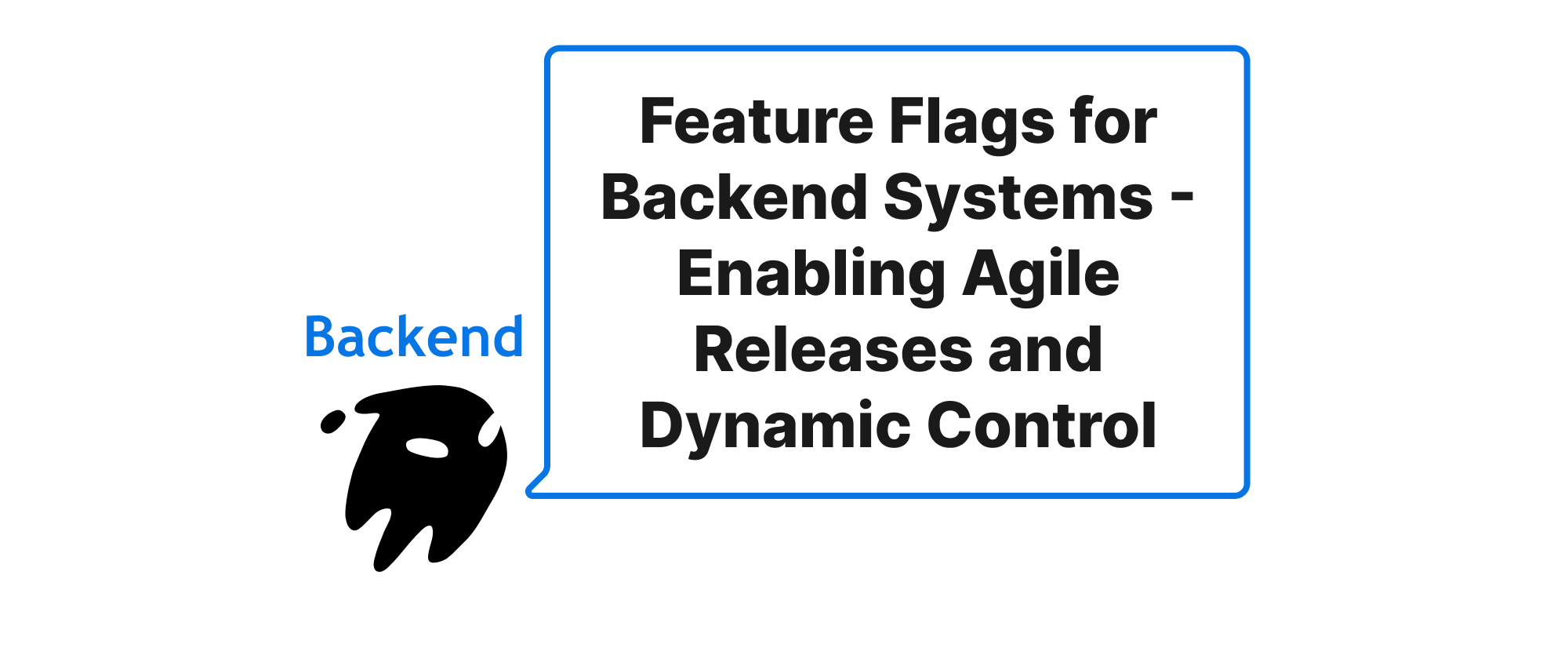
Feature Flags for Backend Systems - Enabling Agile Releases and Dynamic Control
This article delves into integrating feature flag systems within backend frameworks, explaining how they facilitate agile releases, enable gray deployments, and provide dynamic control over application functionalities.
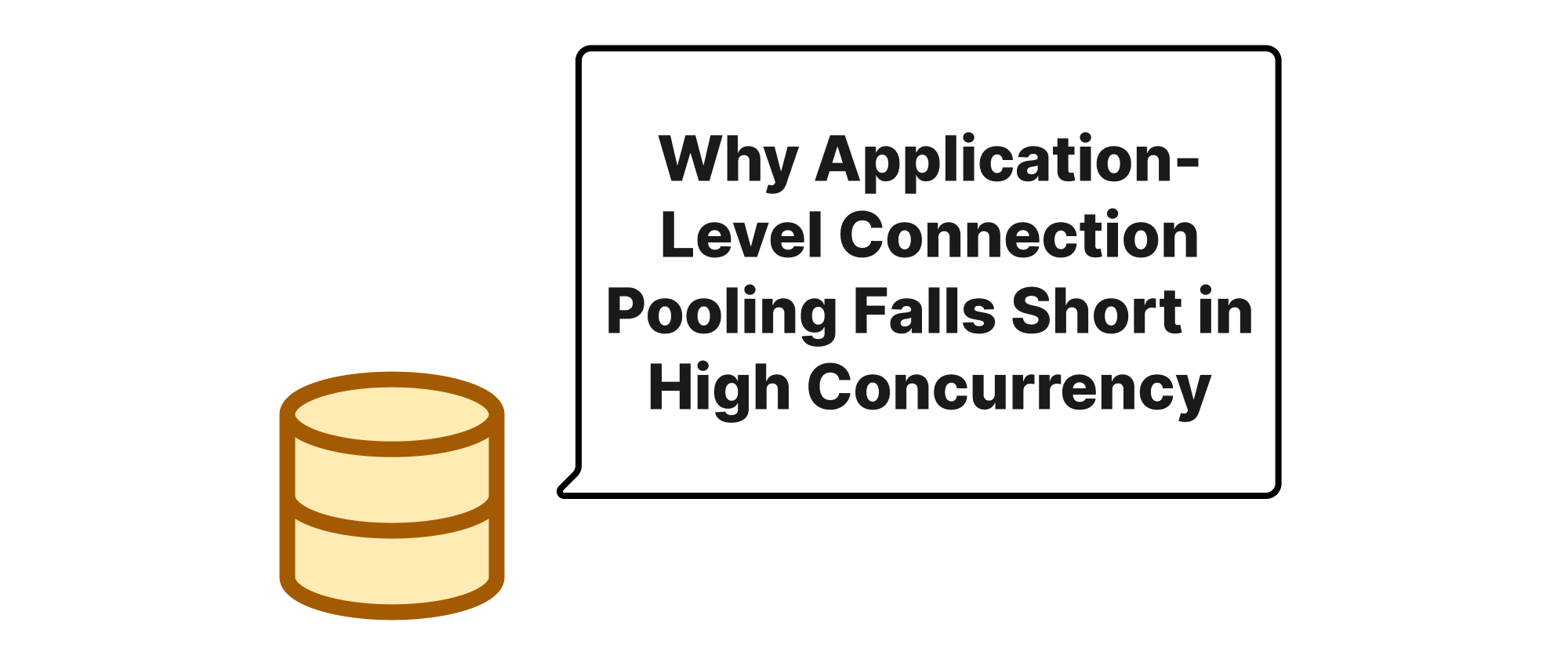
Why Application-Level Connection Pooling Falls Short in High Concurrency
Exploring the limitations of traditional application-level connection pooling and the necessity of dedicated connection poolers like PgBouncer and RDS Proxy for scalable database access.
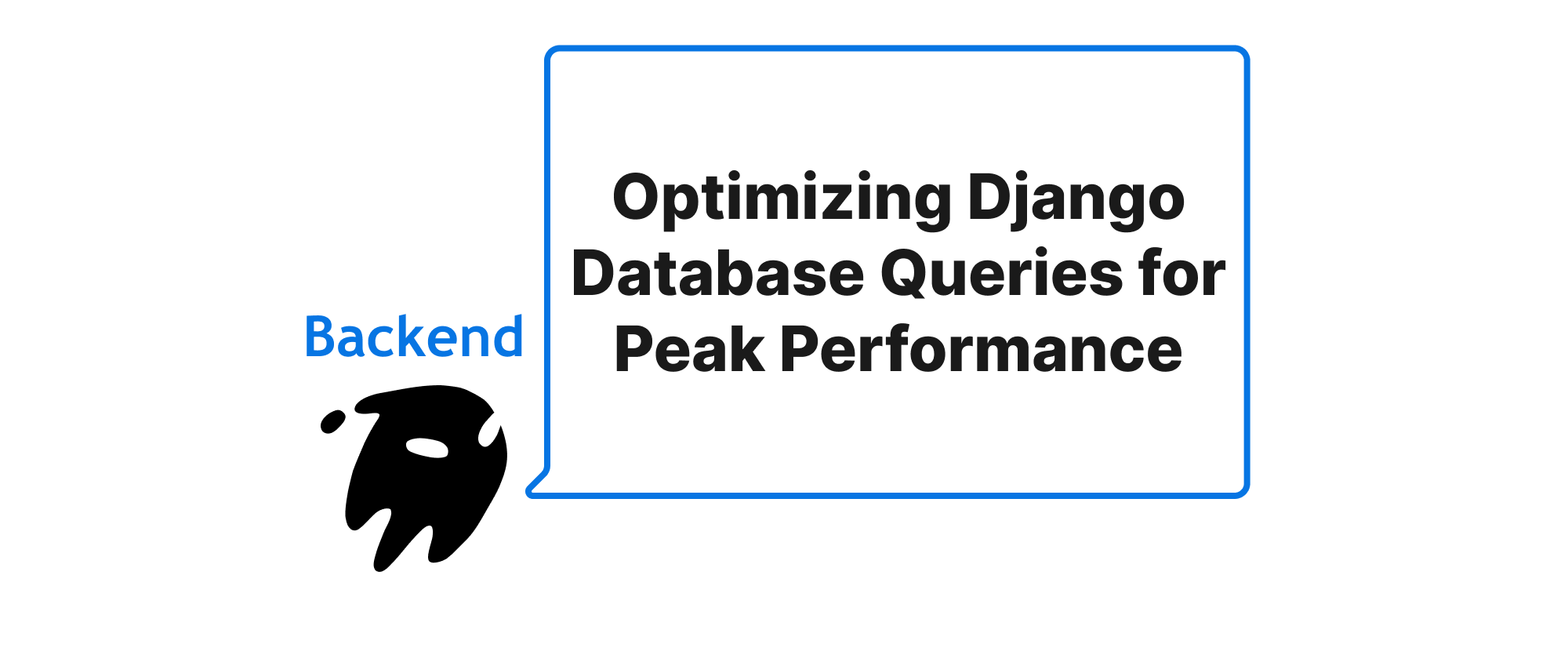
Optimizing Django Database Queries for Peak Performance
This article delves into how `select_related`, `prefetch_related`, and lazy querying within Django ORM can significantly boost backend application performance by minimizing database interactions.
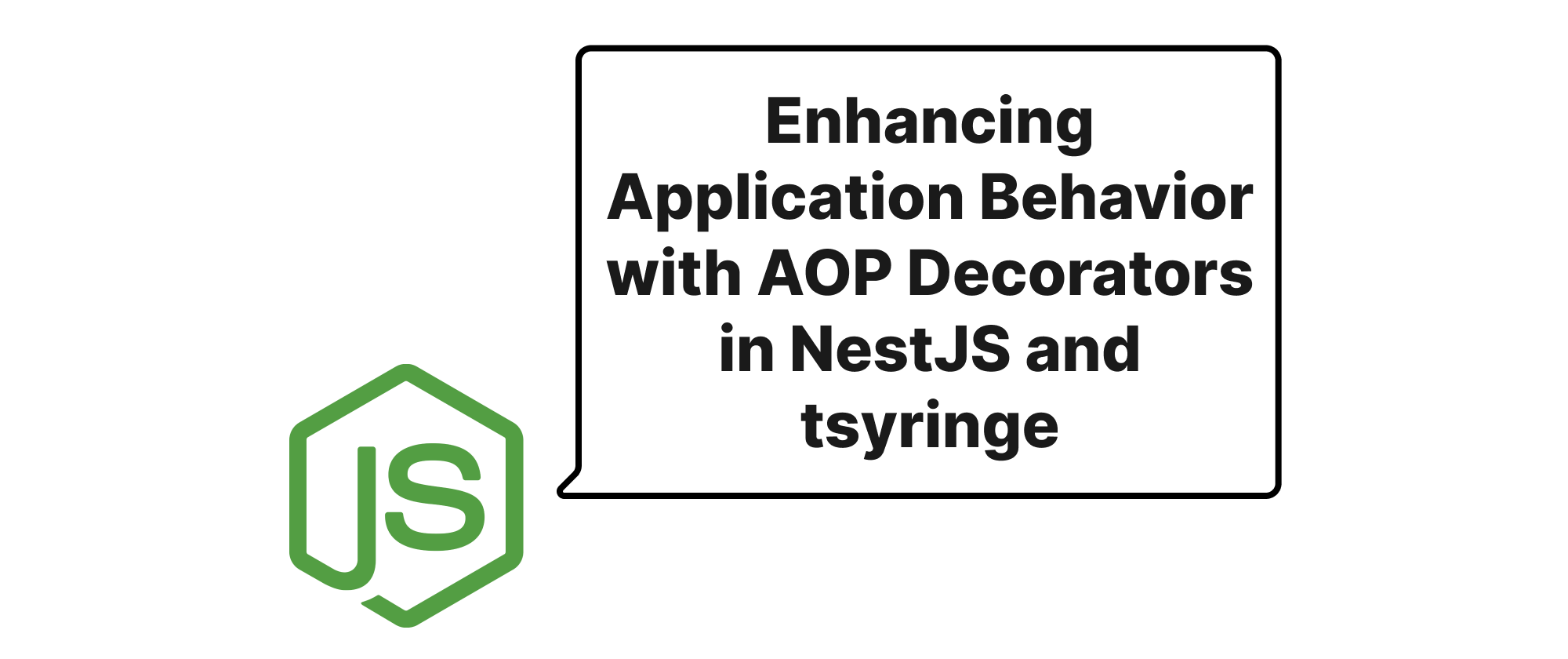
Enhancing Application Behavior with AOP Decorators in NestJS and tsyringe
This article explores how to implement Aspect-Oriented Programming (AOP) using decorators in NestJS and tsyringe for common cross-cutting concerns like logging and caching.
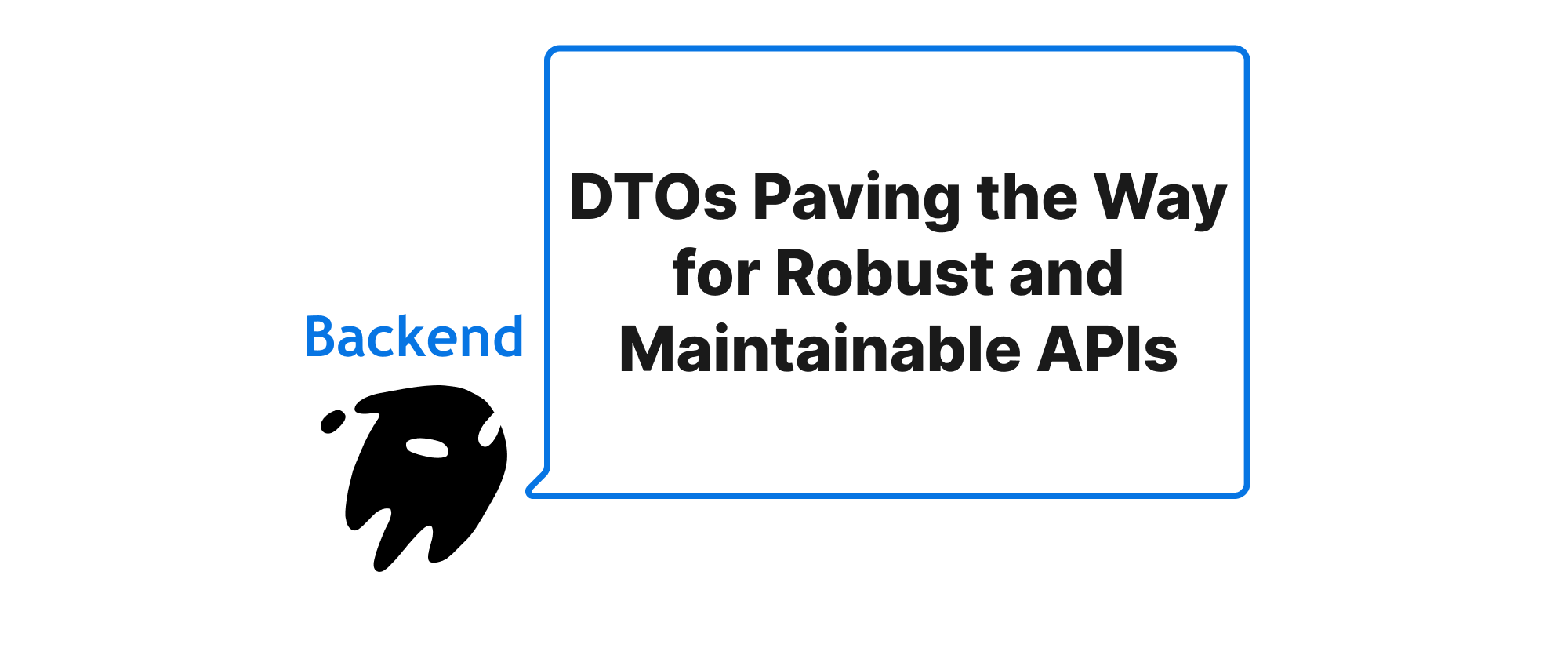
DTOs Paving the Way for Robust and Maintainable APIs
This article delves into why Data Transfer Objects (DTOs) are indispensable for crafting resilient and easily maintainable APIs in backend development, explaining their core principles, practical applications, and benefits.
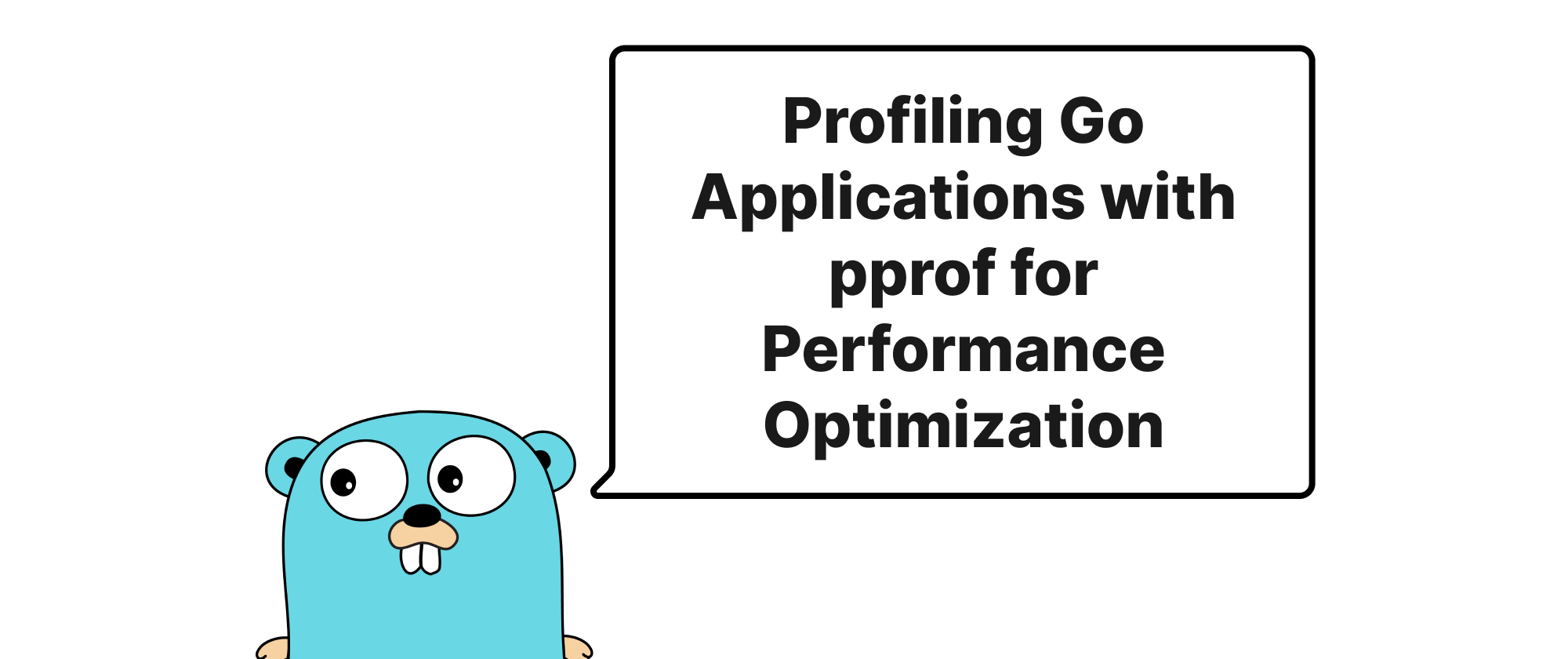
Profiling Go Applications with pprof for Performance Optimization
This article delves into how to use Go's `pprof` tool to identify and fix performance bottlenecks in Go applications, covering CPU, memory, and blocking profiles with practical examples.
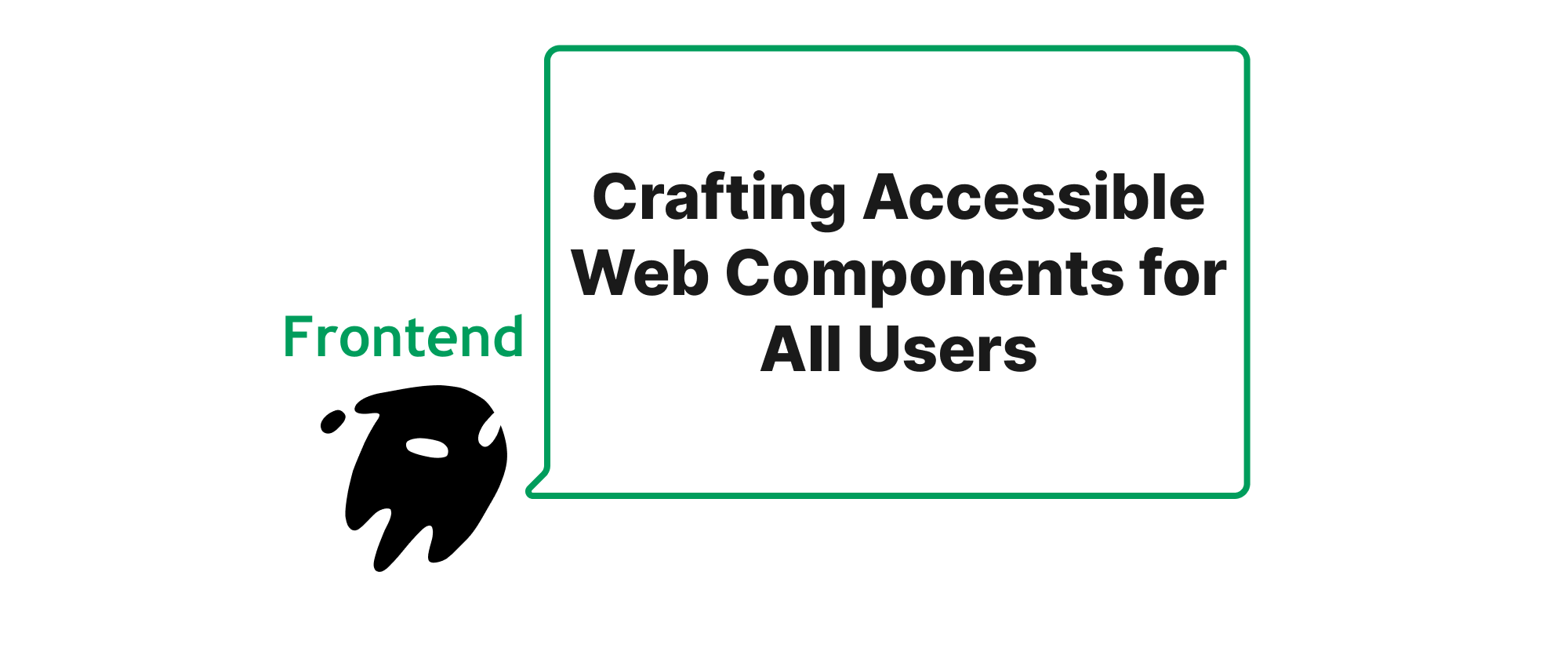
Crafting Accessible Web Components for All Users
Explore best practices for building Web Components that adhere to WCAG standards, ensuring inclusive web experiences.
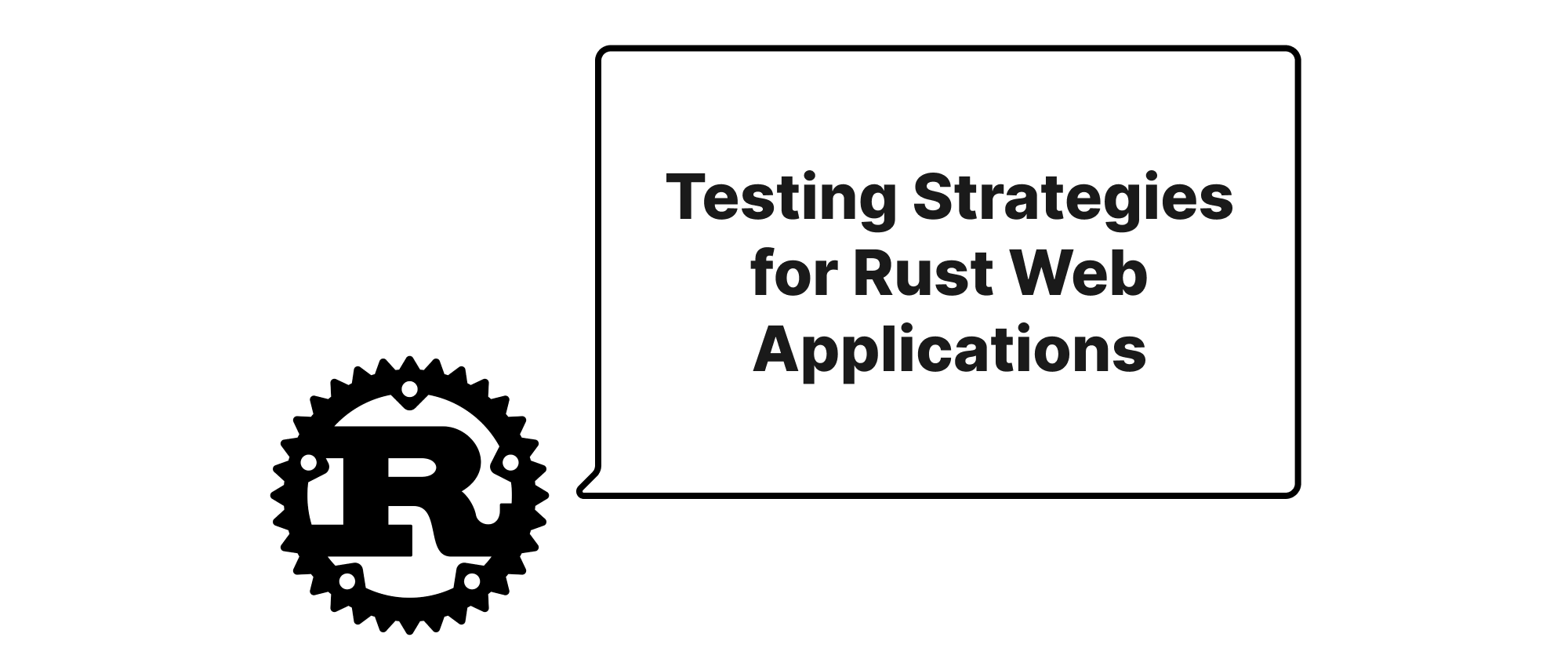
Testing Strategies for Rust Web Applications
A deep dive into effective unit and integration testing of handlers and services in Rust web applications, offering practical insights and code examples.
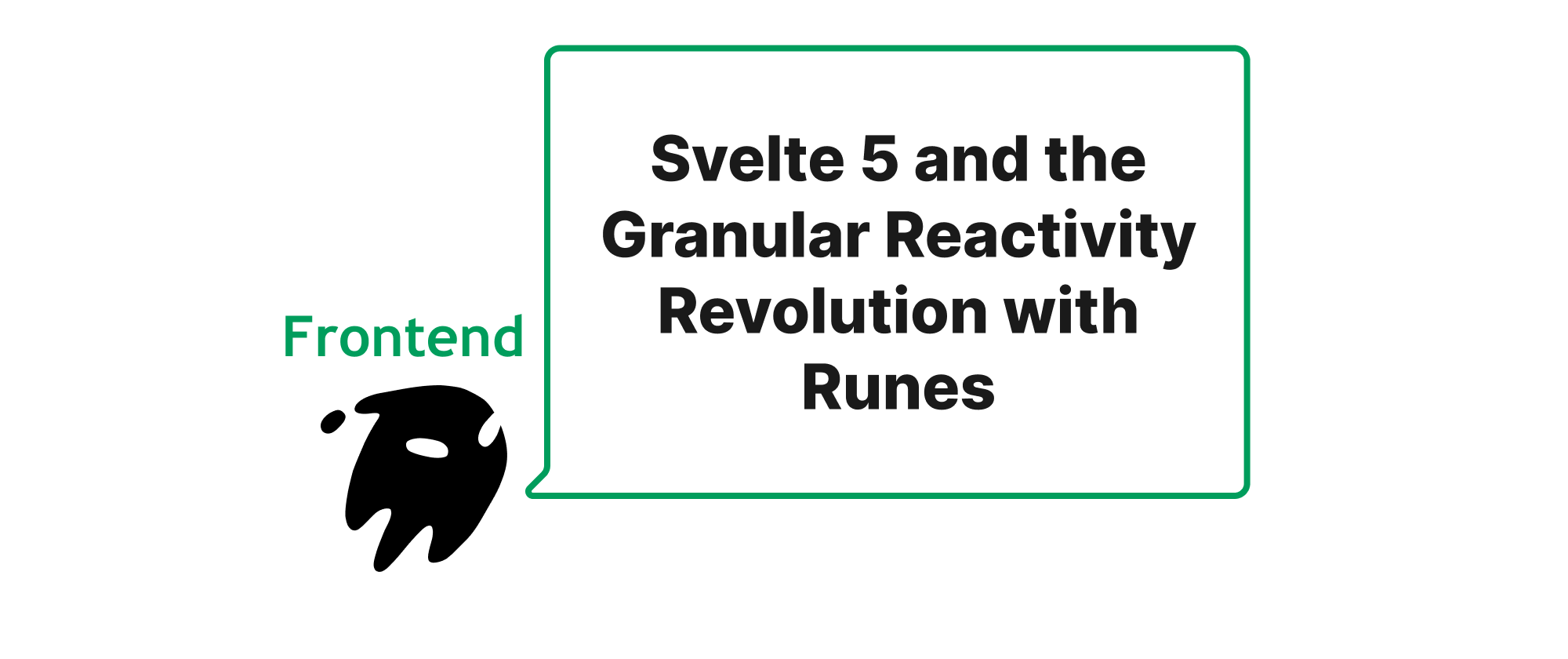
Svelte 5 and the Granular Reactivity Revolution with Runes
Exploring the paradigm shift in Svelte 5's reactivity system through Runes, offering enhanced granularity, performance, and developer experience.
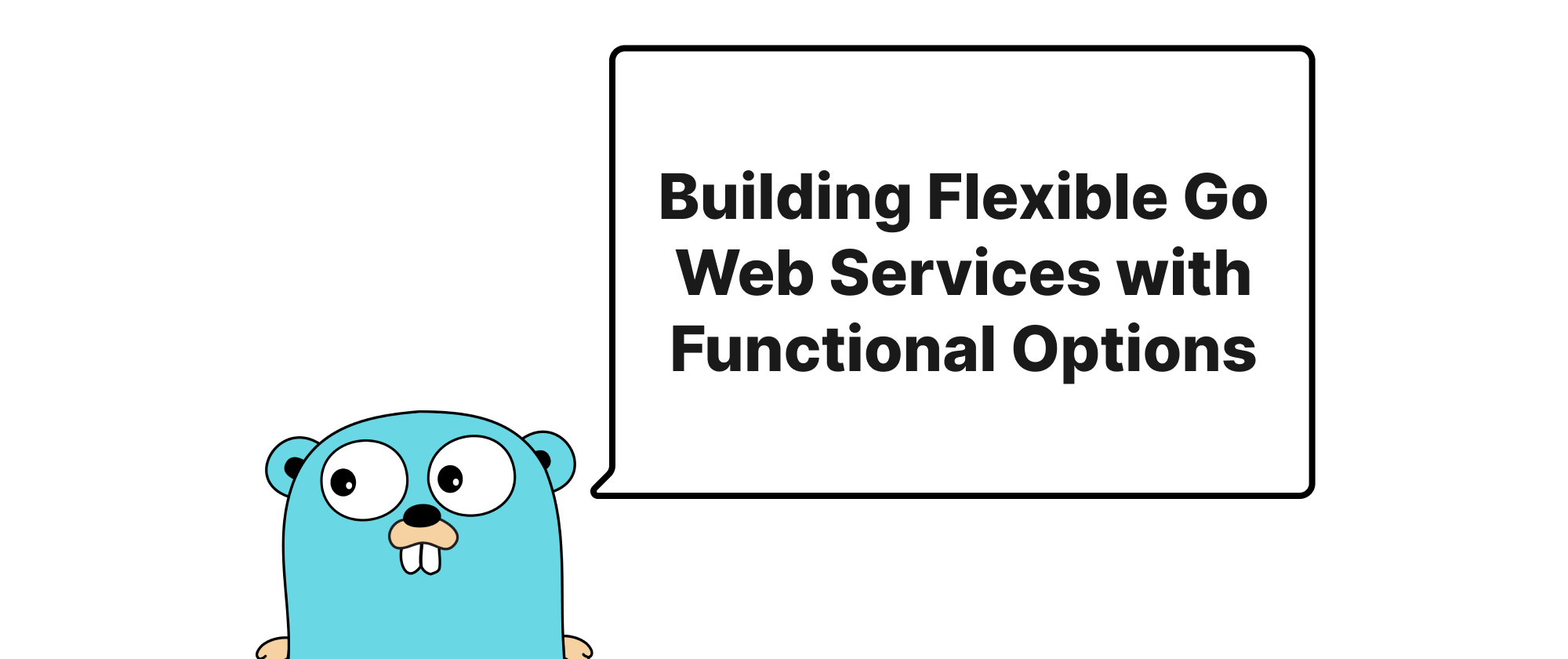
Building Flexible Go Web Services with Functional Options
This article explores the Functional Options pattern in Go, demonstrating how it enhances the configurability and maintainability of web service instances.

Unleashing Reflection in Go: Dynamic Method Invocation and Value Manipulation
This article delves into Go's powerful `reflect` package, explaining how to dynamically call methods, access, and modify values at runtime. It covers the core concepts, practical use cases with code examples, and important considerations for leveraging reflection effectively.
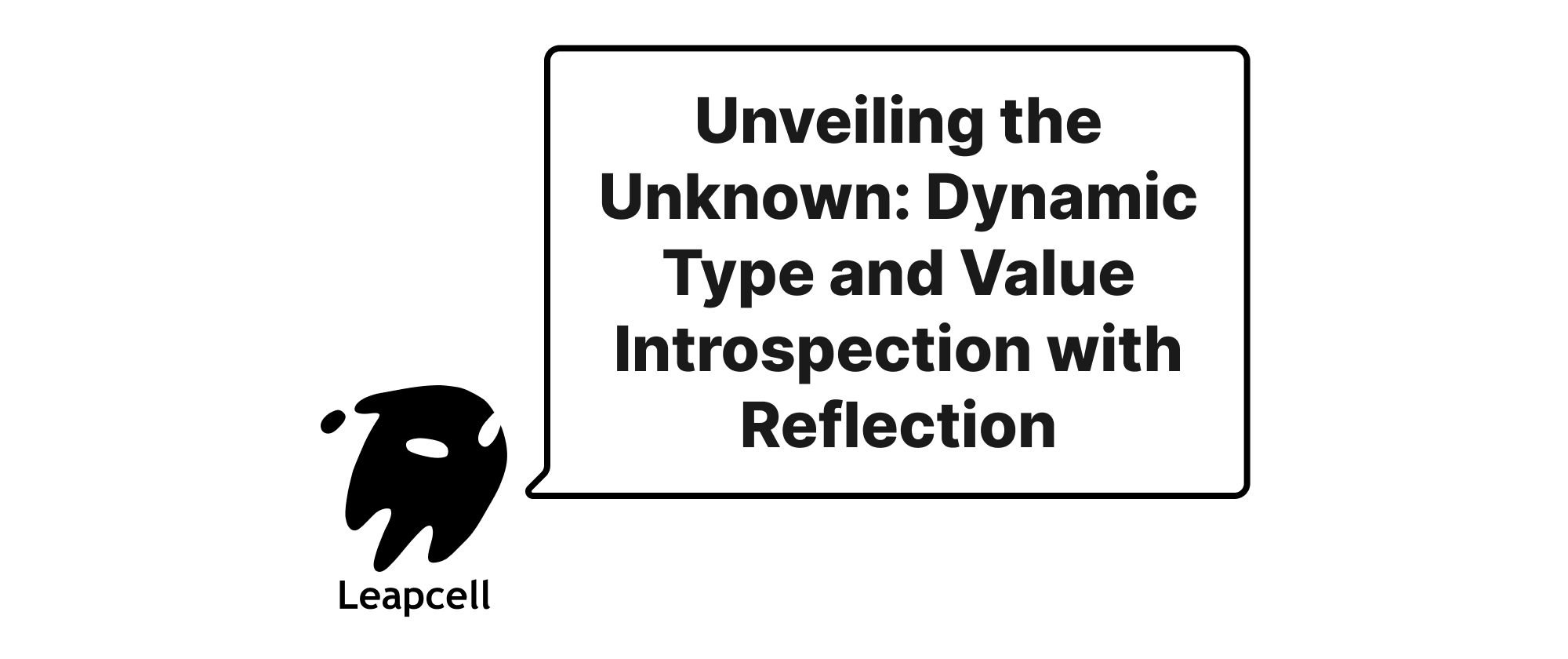
Introspection in Go - Unveiling Type and Value with Reflection
This article delves into Go's powerful reflection capabilities, explaining how to retrieve type and value information from variables at runtime. It covers the core `reflect` package, practical use cases, and important considerations for leveraging reflection effectively.
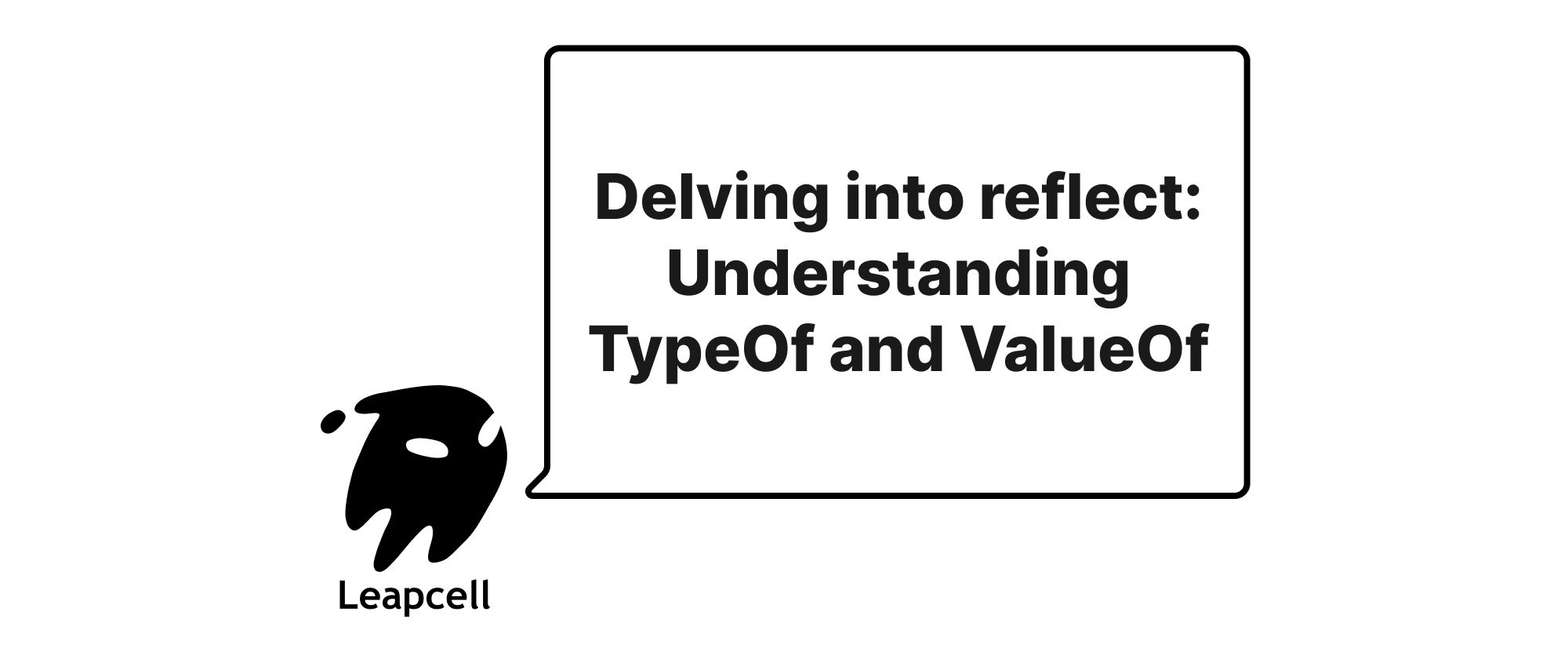
Unveiling Go's Reflection: Deconstructing TypeOf and ValueOf
Dive deep into Go's reflect package, understanding the fundamental roles of TypeOf and ValueOf in dynamically inspecting and manipulating Go types and values at runtime, supplemented with practical code examples.
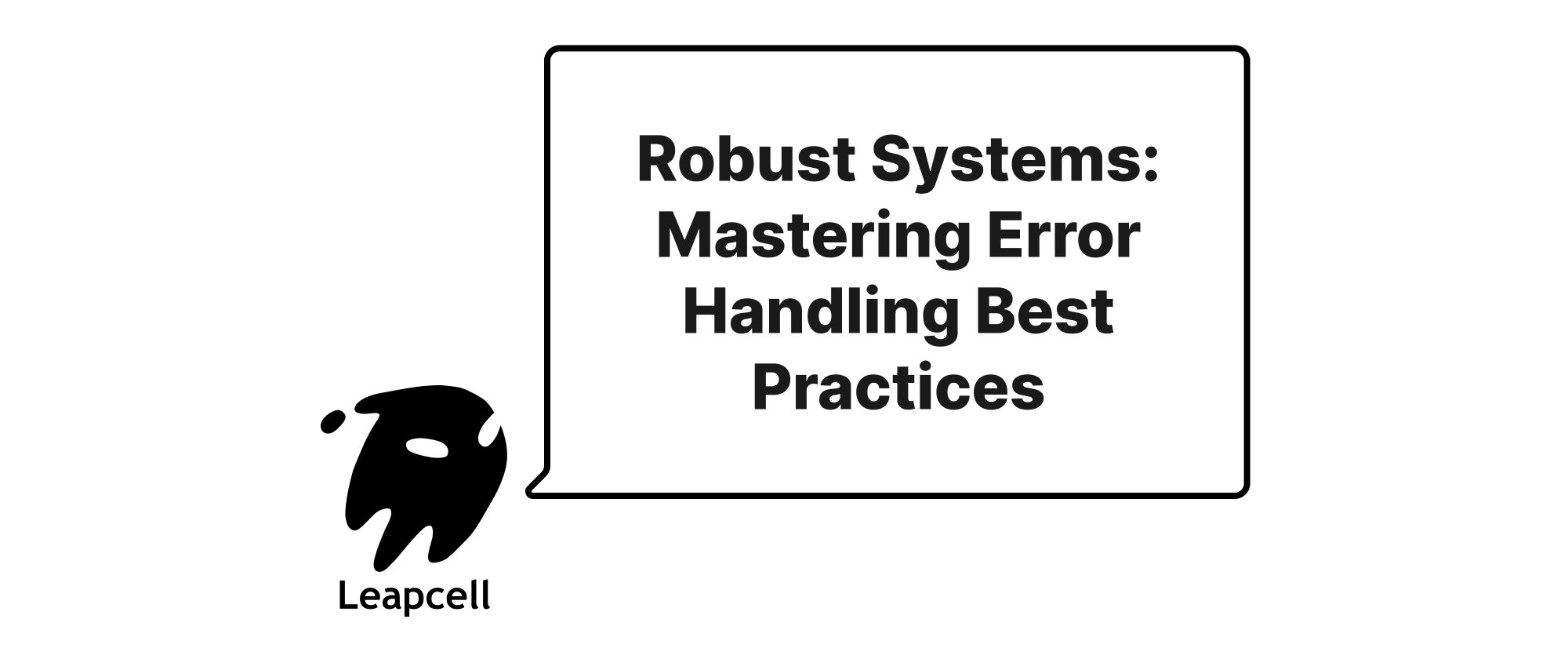
Robust Go: Best Practices for Error Handling
This article delves into the best practices for error handling in Go, covering the built-in error interface, custom error types, context-aware errors, and the importance of structured logging, providing practical code examples.
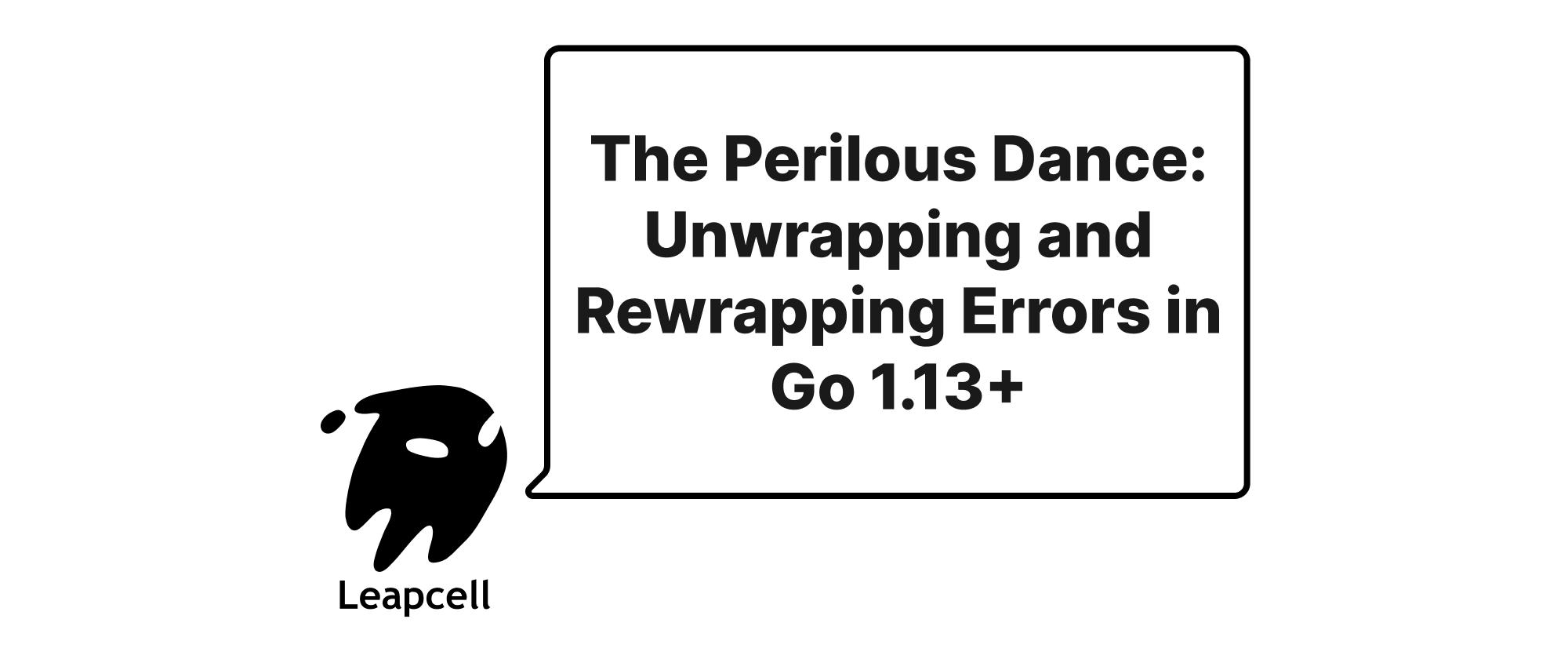
The Double-Edged Sword: When Error Wrapping Conceals More Than It Reveals
Exploring the nuances and potential pitfalls of Go's error wrapping mechanism, particularly when mishandled, leading to unexpected complexities and debugging challenges. While powerful, improper wrapping can obscure root causes and complicate error handling strategies.
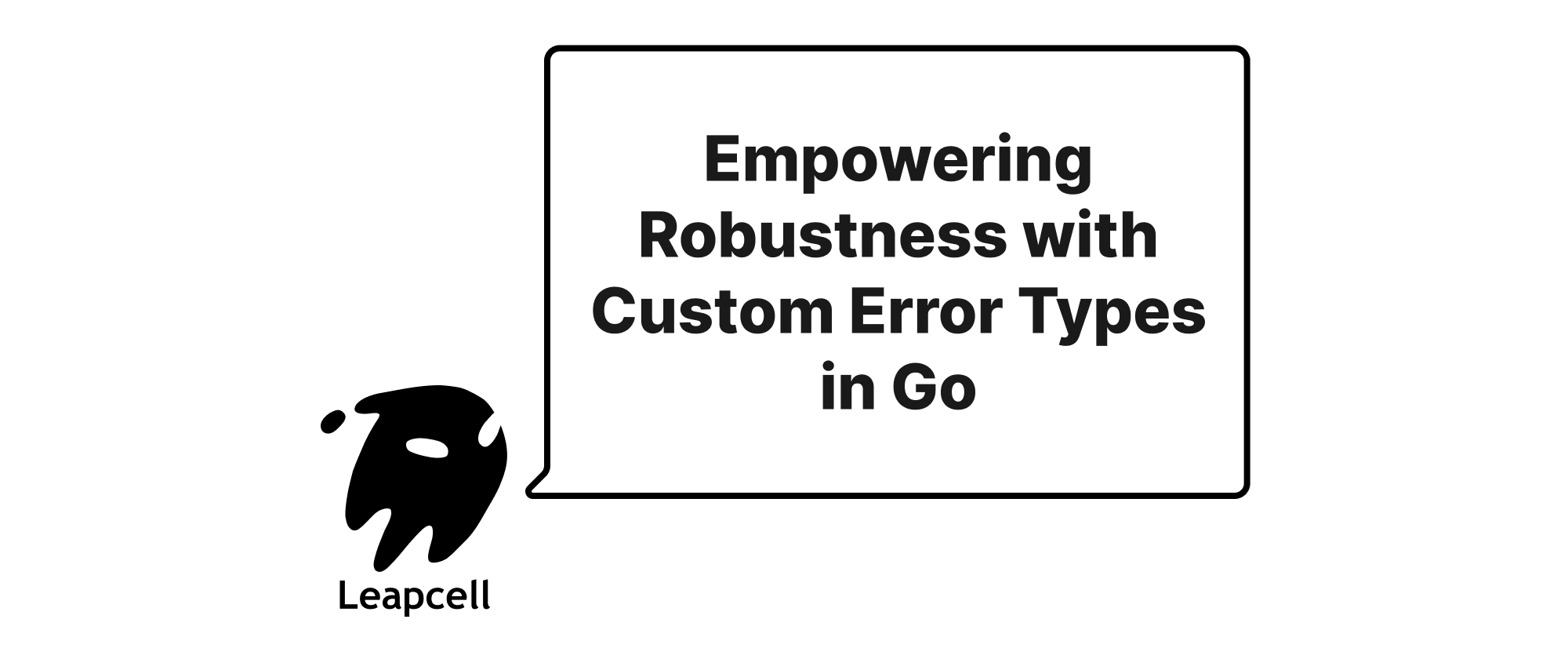
Crafting Custom Error Types in Go for Robust Error Handling
This article delves into the best practices for creating and utilizing custom error types in Go, enhancing error handling with more context and type-safety. It covers fundamental concepts, practical implementation, and advanced patterns for building resilient applications.
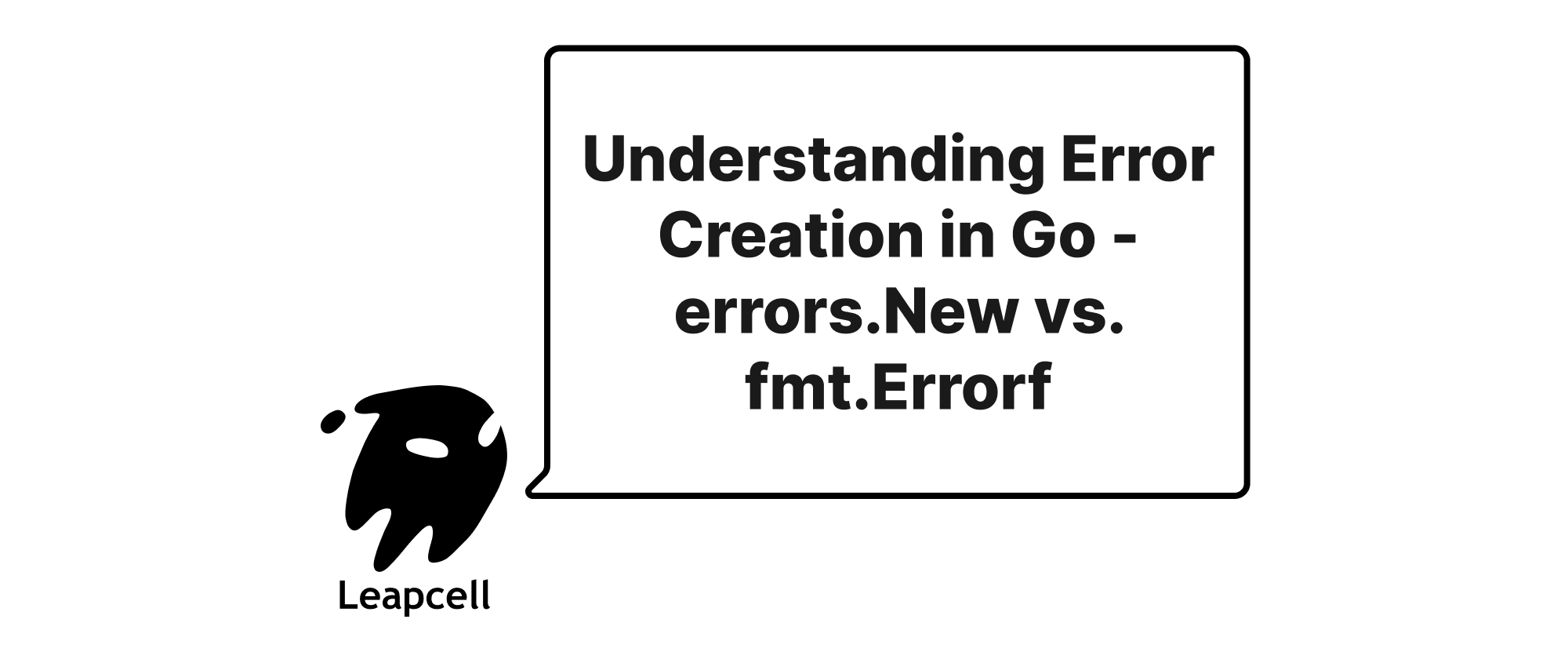
The Subtle Art of Error Creation: Understanding errors.New and fmt.Errorf in Go
This article delves into Go's error handling mechanisms, specifically comparing and contrasting `errors.New` and `fmt.Errorf`. We explore their distinct use cases, the benefits of wrapping errors with `%w`, and best practices for creating meaningful and debuggable error messages.
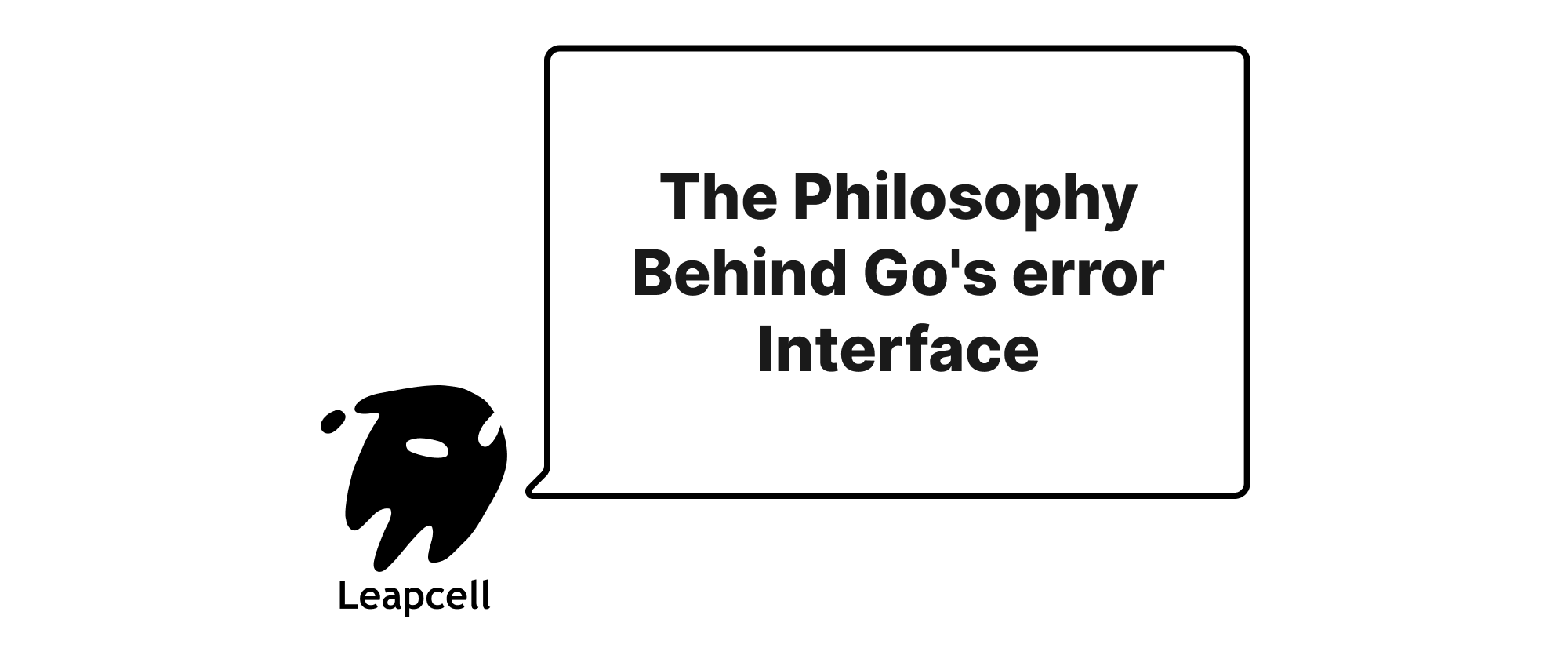
The Silent Contract - Deconstructing Go's Error Interface Design
Go's error interface, deceptively simple, hides a profound design philosophy rooted in explicit handling, composability, and the "fail fast" principle. This article explores its architecture, common patterns, and demonstrates how its design choices foster robust and maintainable software.
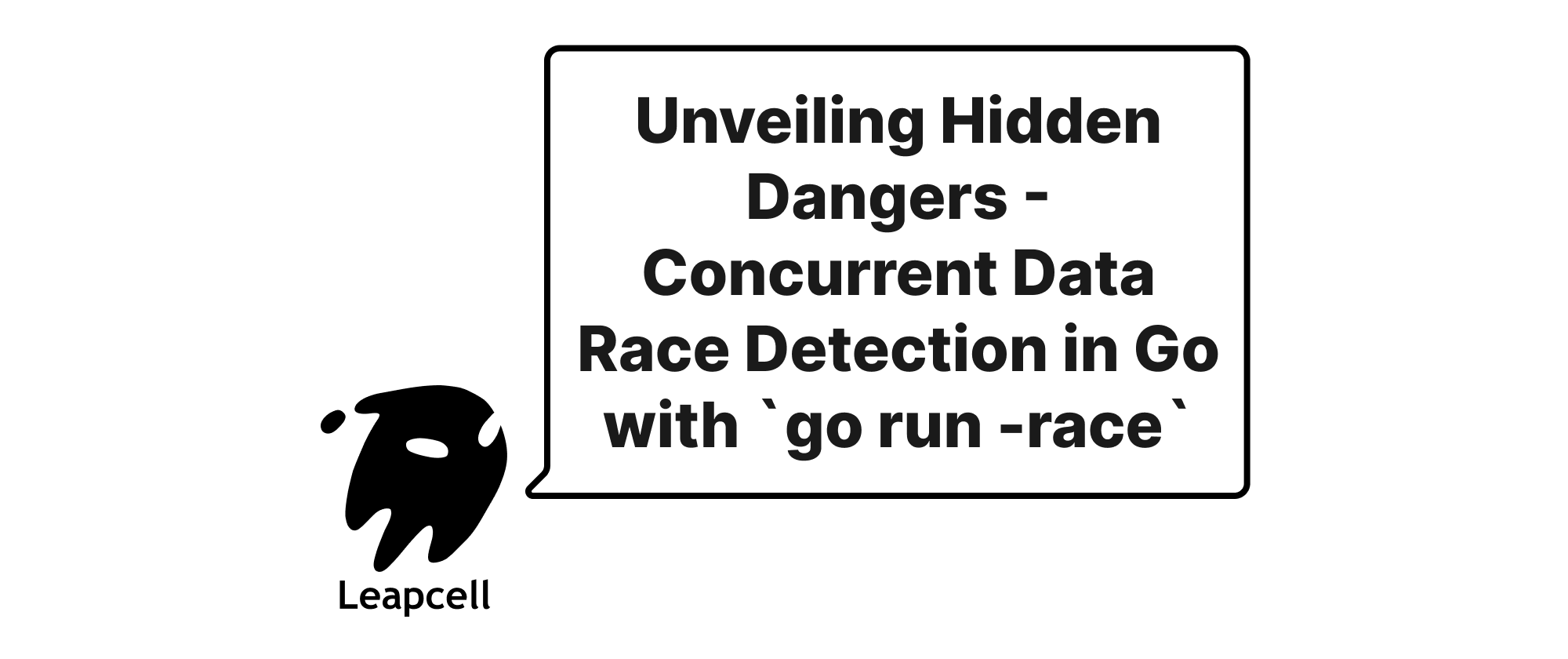
Unearthing Concurrency Bugs: A Deep Dive into Go's Data Race Detector
This article explores Go's powerful built-in data race detector, 'go run -race', demonstrating its efficacy in identifying and preventing insidious concurrency bugs. It provides practical examples and best practices for leveraging this essential tool in modern Go development.
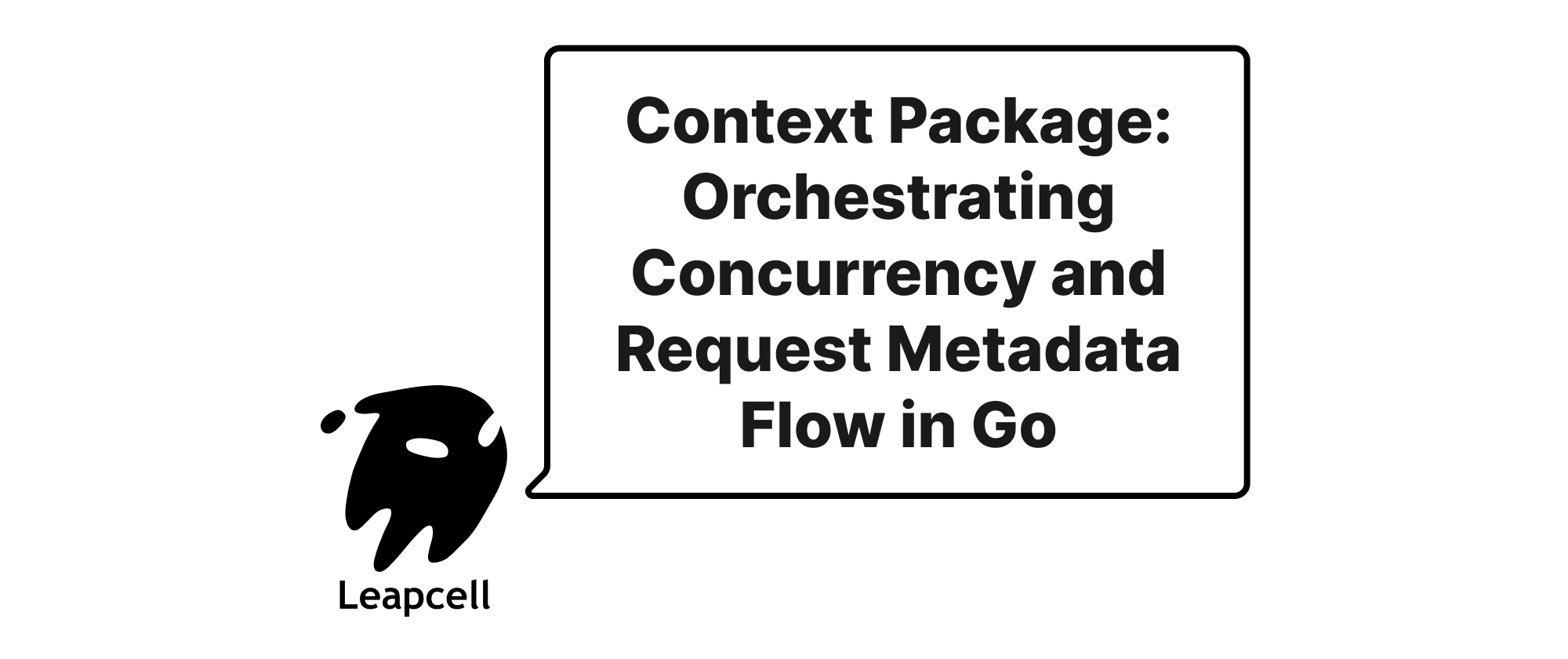
Unveiling the Power of Go's Context Package: Concurrency Control and Request Metadata Propagation
Dive deep into Go's `context` package, a crucial tool for managing goroutine lifecycles and propagating request-scoped data. This article explores its core functionalities, practical use cases, and best practices.
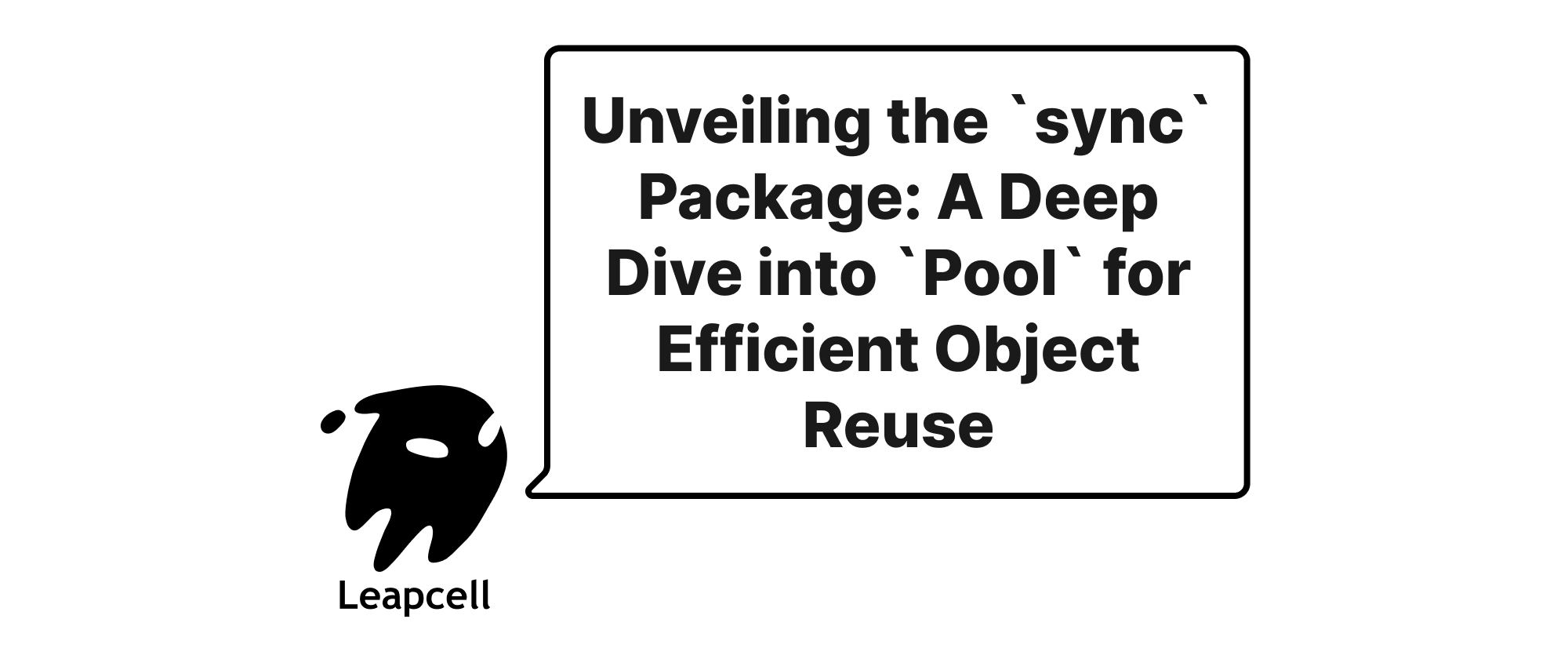
Unlocking Efficiency: Demystifying Go's `sync.Pool` for Ephemeral Objects
Dive deep into Go's `sync.Pool`, a powerful yet often misunderstood tool for optimizing performance through the reuse of frequently created, short-lived objects. This article explains its mechanics, ideal use cases, potential pitfalls, and provides practical code examples.
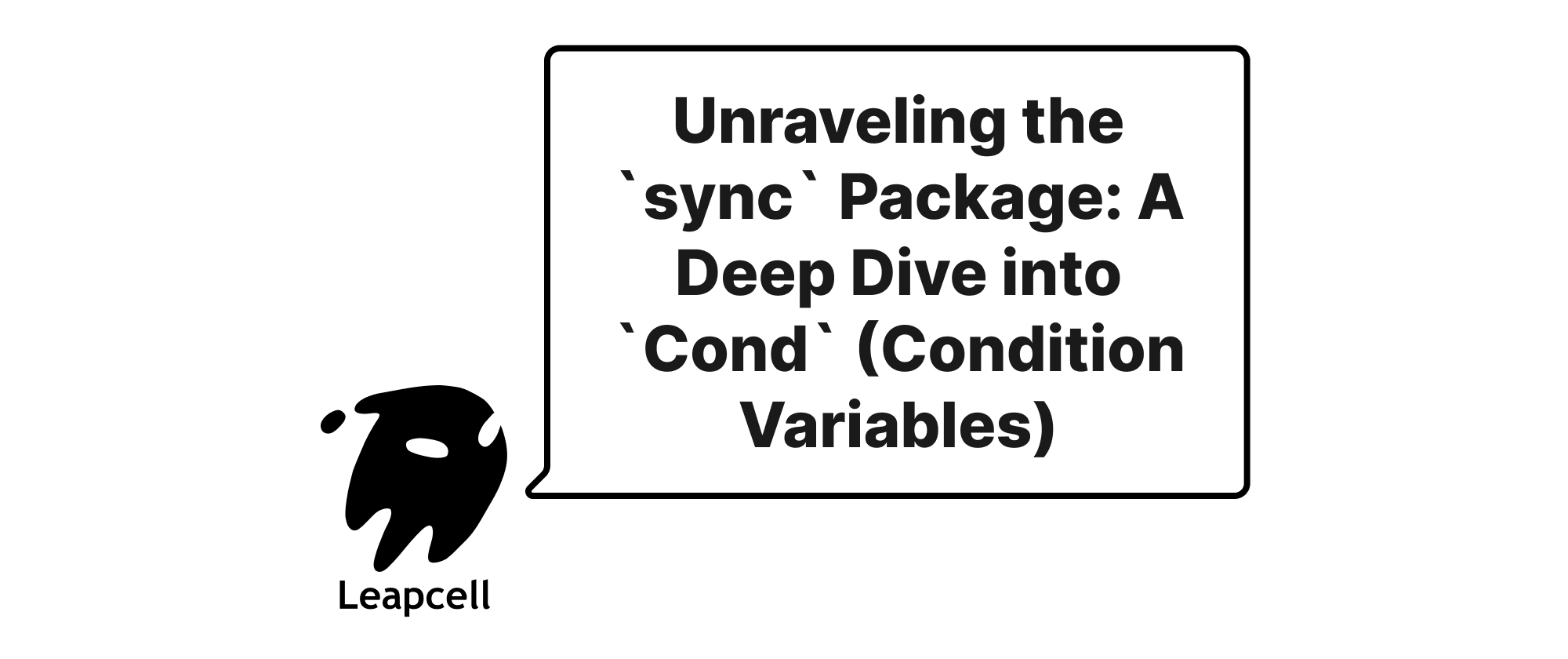
Unraveling the Go sync Package: A Deep Dive into Cond for Concurrent Coordination
This article provides an in-depth exploration of Go's `sync.Cond` type, explaining its role in concurrent programming. It covers the fundamentals of condition variables, their interaction with mutexes, and demonstrates practical use cases with detailed code examples for producers, consumers, and ordered execution.
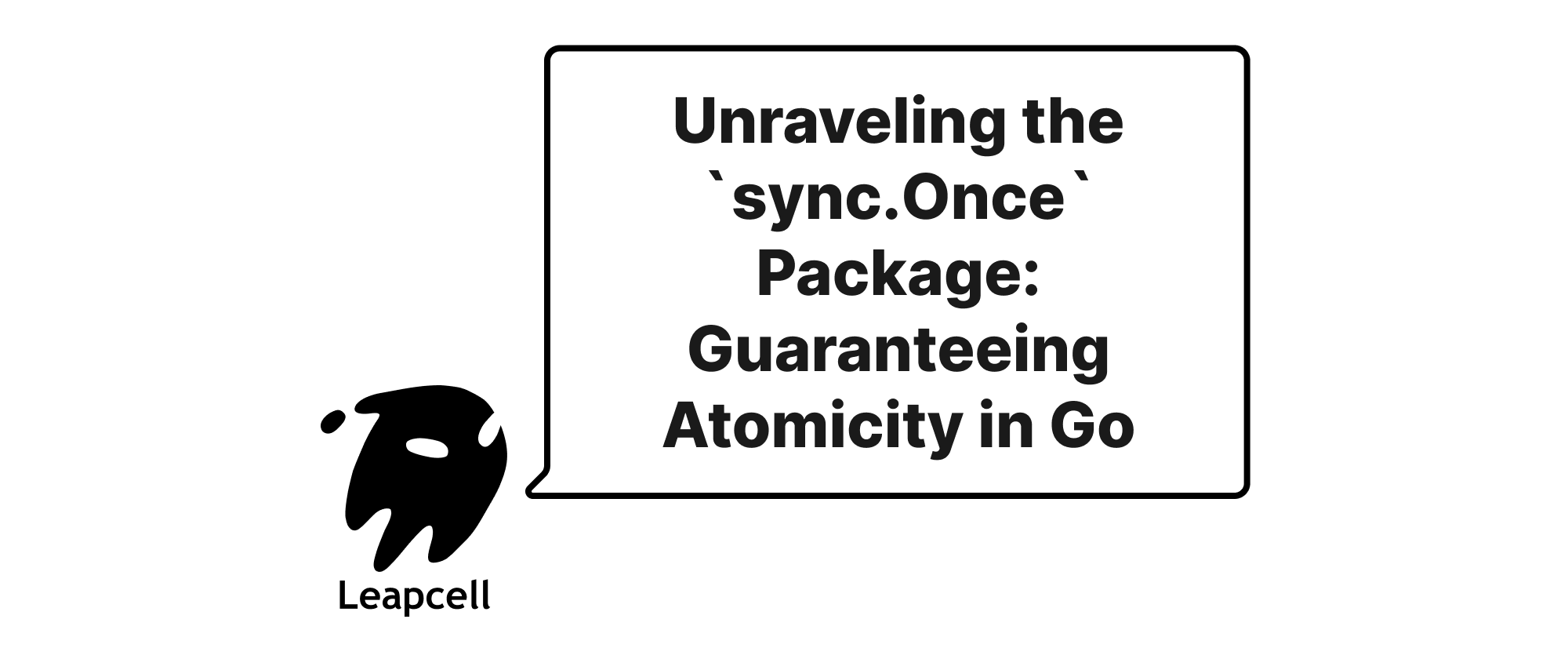
Unveiling the Power of `sync.Once`: Ensuring Single Execution in Go
This article delves into the `sync.Once` type in Go's `sync` package, explaining its mechanism for guaranteeing a piece of code executes only once, regardless of concurrent access. Through practical examples, we demonstrate its utility in scenarios like single-time initialization of resources.
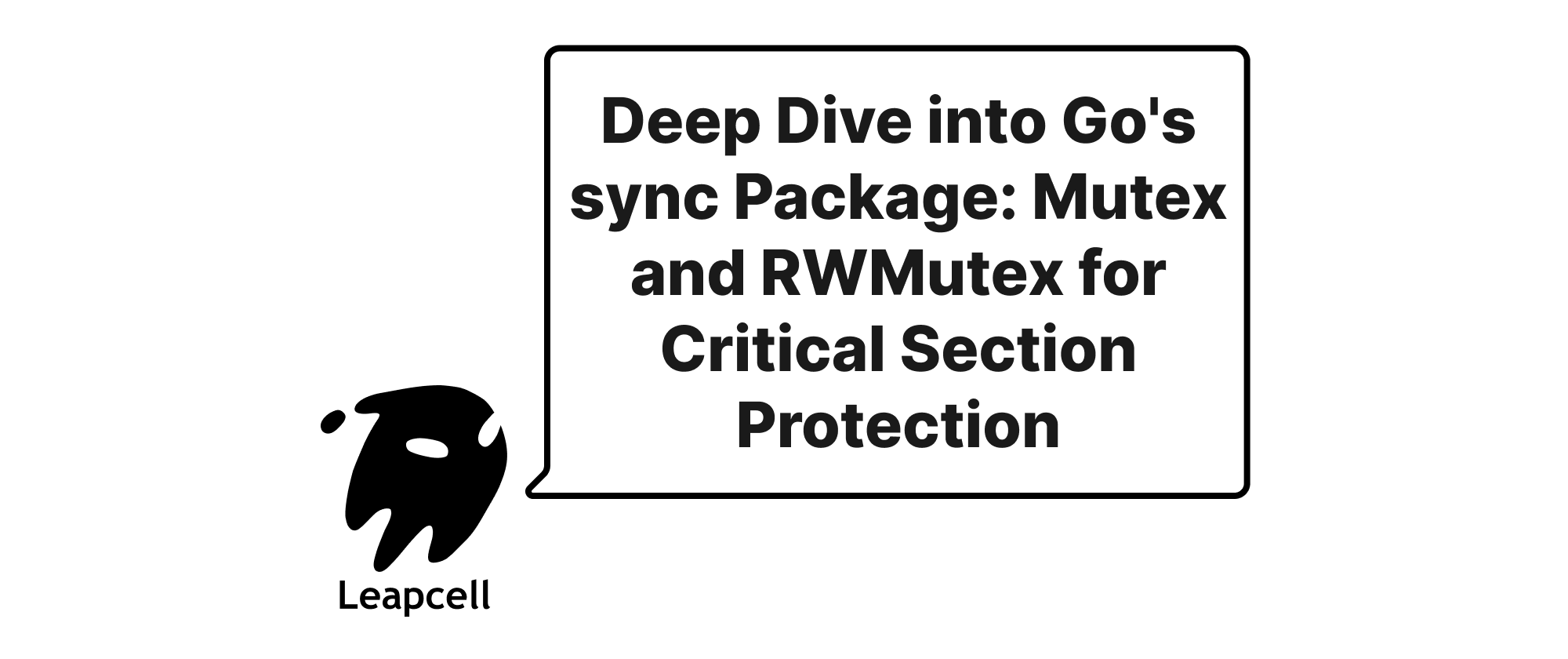
Concurrency Control in Go: Mastering Mutex and RWMutex for Critical Sections
This article dives deep into Go's `sync` package, focusing on `sync.Mutex` and `sync.RWMutex`. It explains their fundamental principles for protecting critical sections, illustrates their usage with practical code examples, and provides guidance on when to choose one over the other for robust concurrent programming.
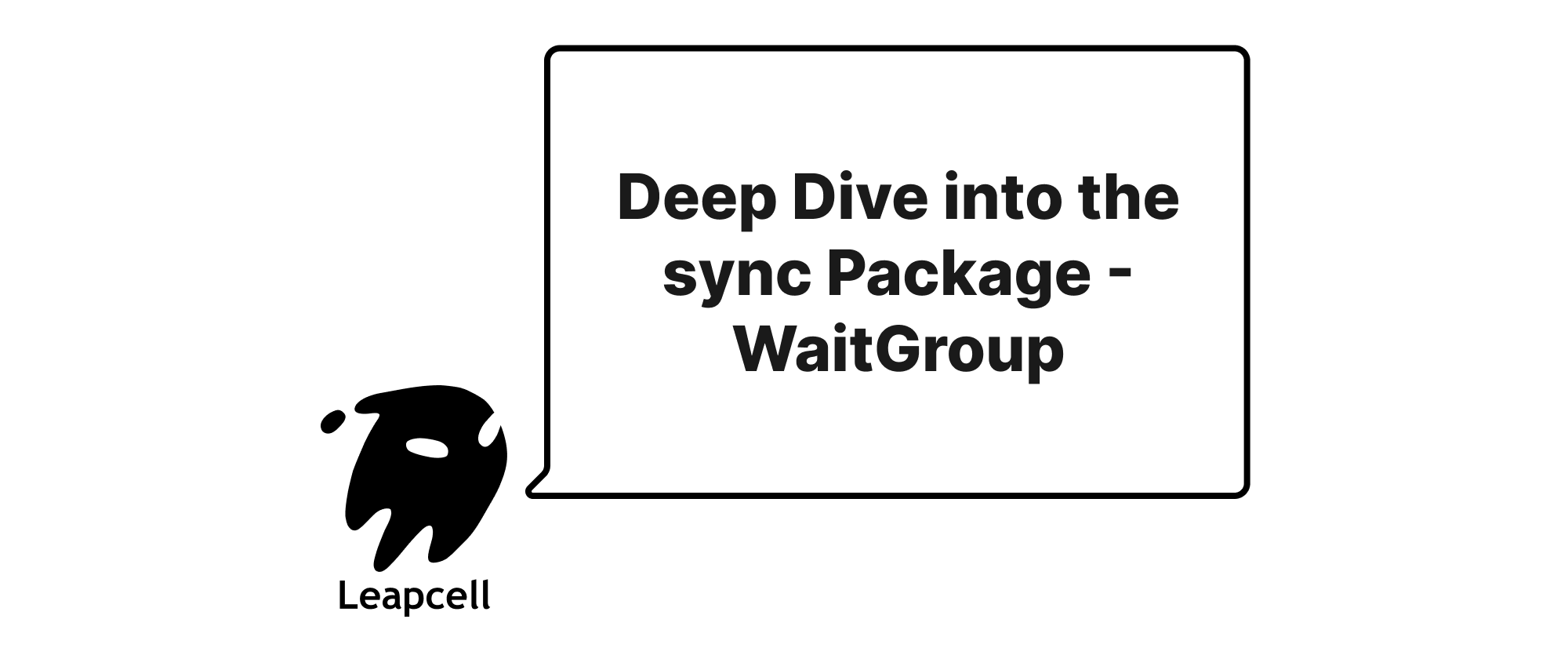
The sync Package Unveiled - WaitGroup: Orchestrating Concurrent Goroutine Completion
This article delves into Go's `sync.WaitGroup`, explaining its mechanism for coordinating the completion of multiple goroutines. It illustrates its use with practical examples, demonstrating how to prevent race conditions and ensure all concurrent tasks are finished before proceeding, highlighting its importance in robust concurrent programming.
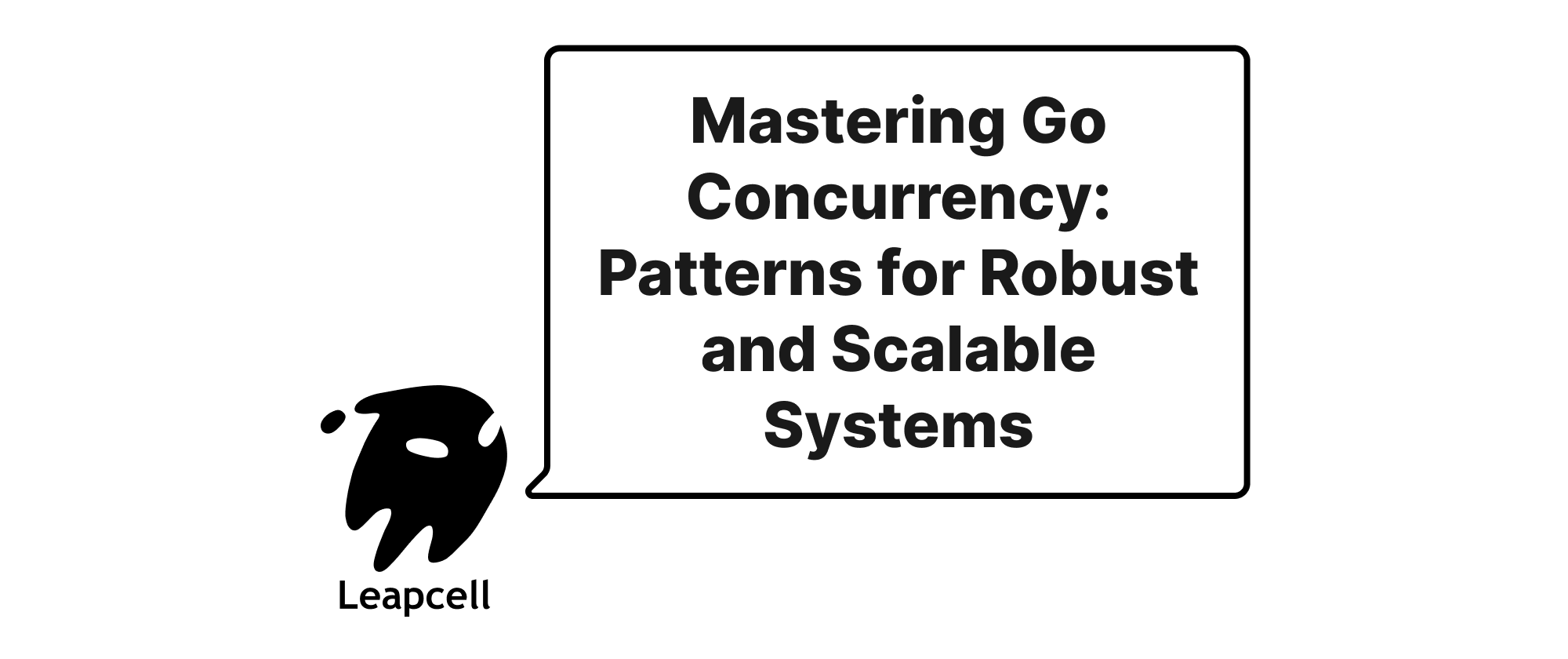
Go Concurrency Patterns - A Deep Dive into Producer-Consumer, Fan-out/Fan-in, and Pipelines
Explore fundamental Go concurrency patterns like Producer-Consumer, Fan-out/Fan-in, and Pipelines, understanding how they leverage goroutines and channels for efficient and scalable concurrent programming. This article provides practical examples and best practices for building robust concurrent applications in Go.
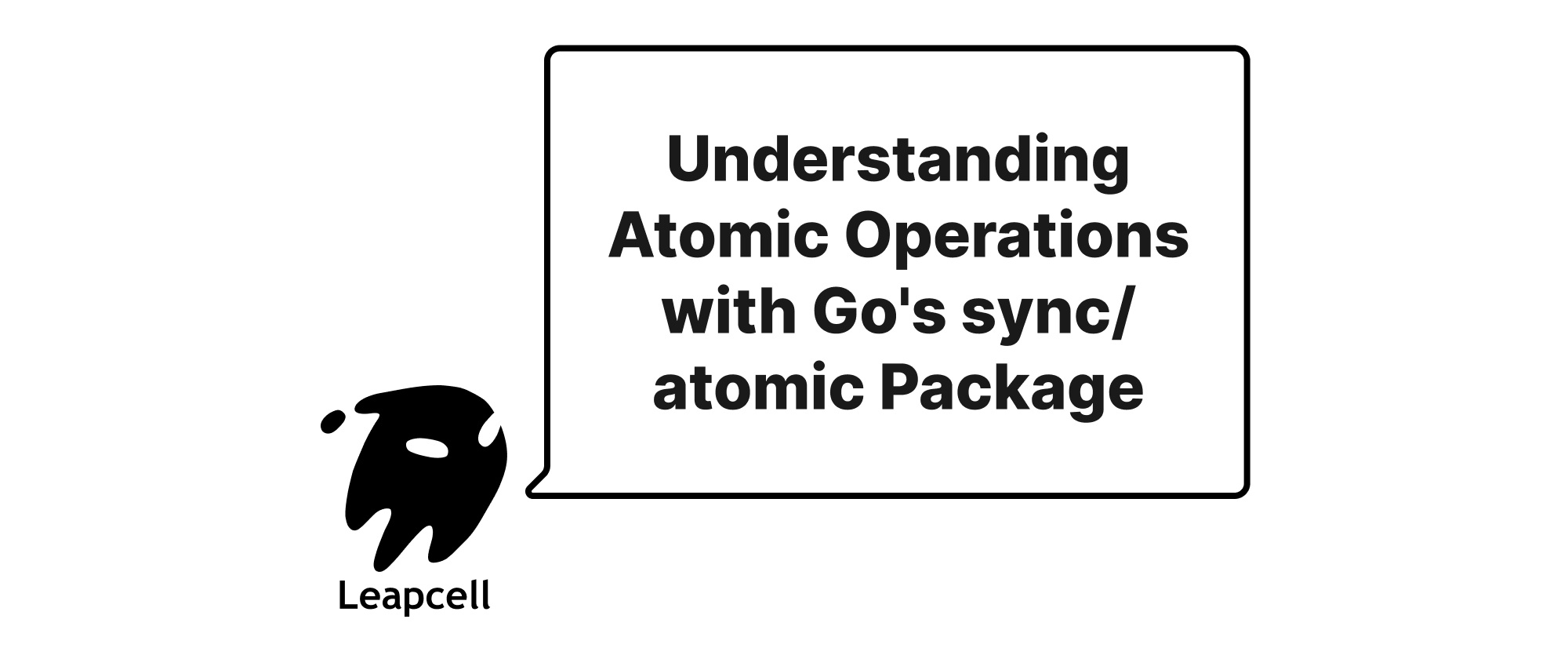
Understanding Atomic Operations in Go with sync/atomic
A comprehensive guide to leveraging Go's sync/atomic package for thread-safe concurrent programming, detailing its mechanisms, common use cases, and practical examples.
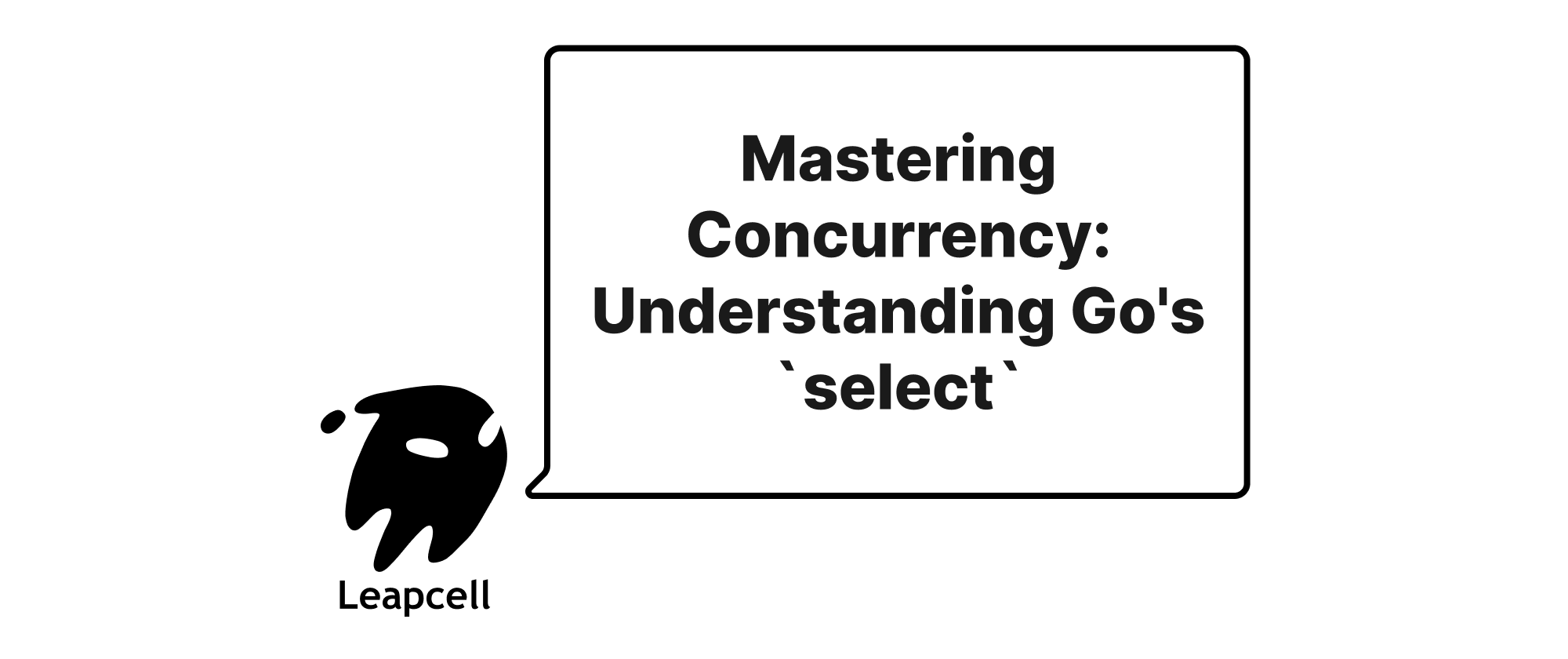
Mastering Concurrency: Understanding Go's `select` for Multiplexing and Timeout Handling
This article delves into Go's `select` statement, exploring its role in concurrent programming. It dissects how `select` acts as a powerful multiplexer for Go channels, enabling graceful handling of multiple communication streams. Furthermore, it details effective strategies for incorporating timeouts, preventing deadlocks, and building robust, non-blocking concurrent applications with practical code examples.
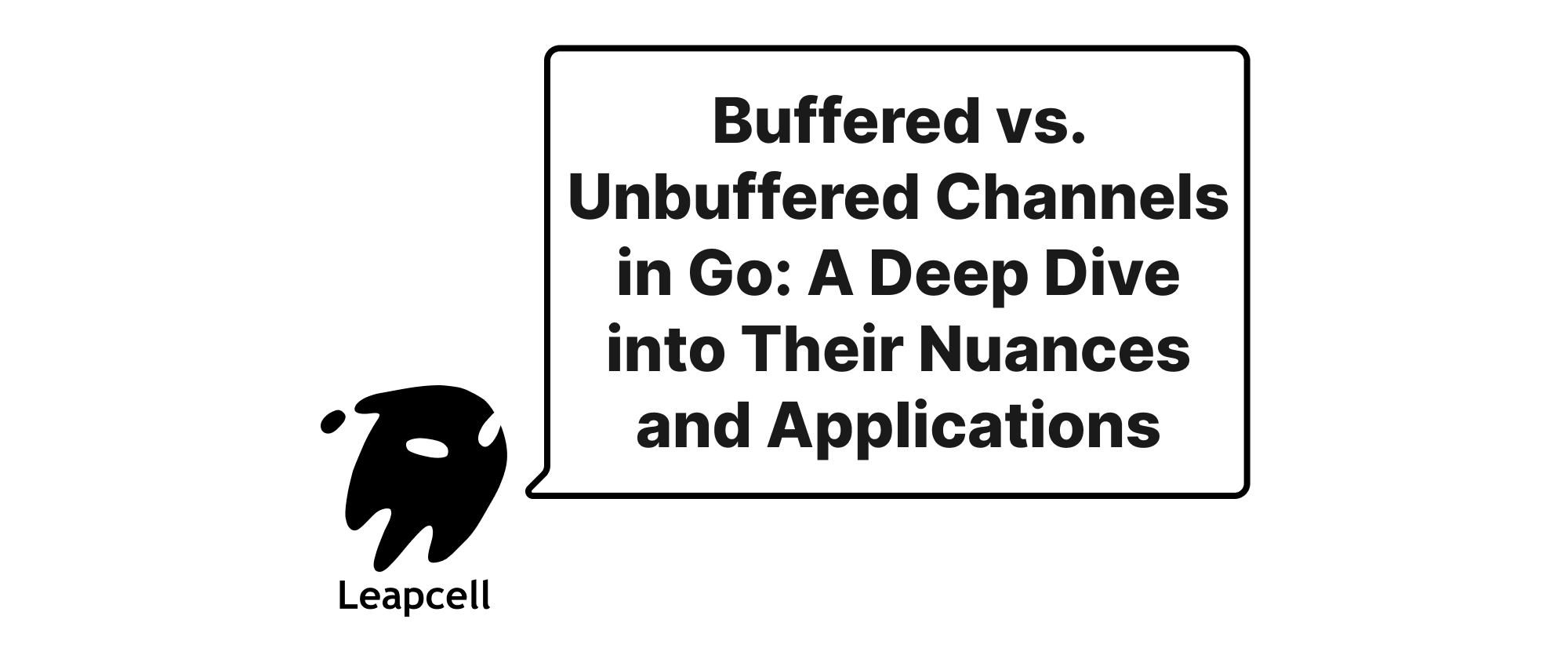
Unbuffered vs. Buffered Channels in Go: Understanding the Differences and Use Cases
This article delves into the fundamental differences between unbuffered and buffered channels in Go, explaining their underlying mechanics, and illustrating their various use cases with practical code examples. It aims to clarify when and why to choose one over the other for effective concurrent programming.
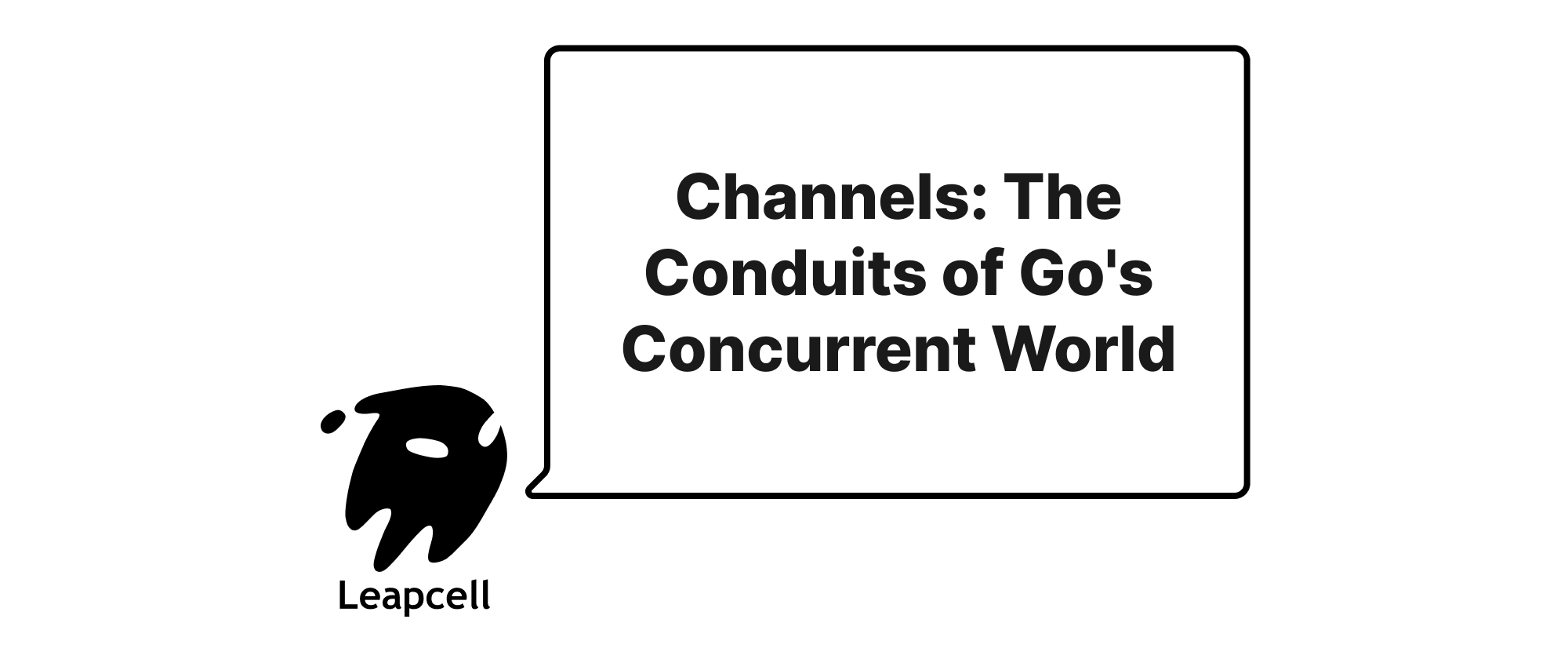
Channel: The Communication Pipeline Between Goroutines in Go
Delve into Go's channels, their role in concurrent programming using goroutines, and how they provide a safe and idiomatic way for goroutines to communicate and synchronize.
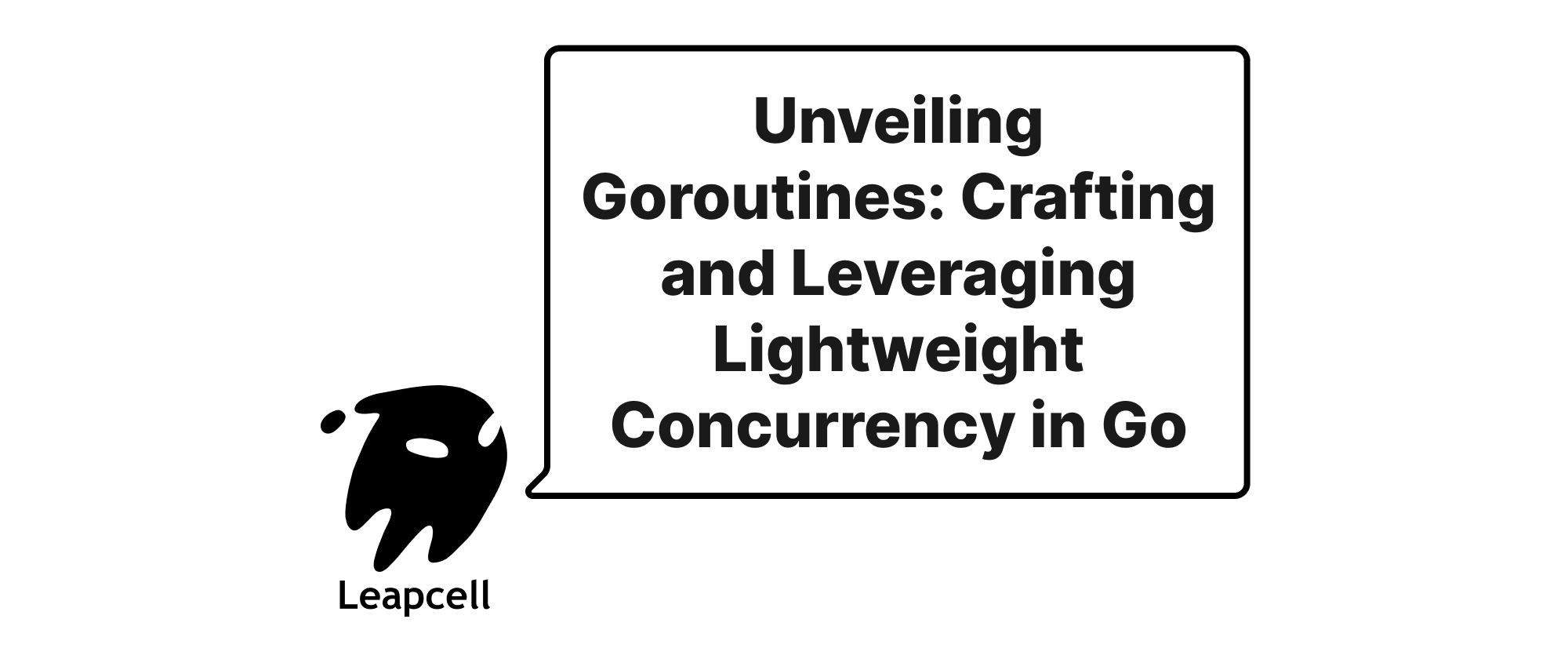
Unleashing Concurrency: A Deep Dive into Go Goroutines
This article provides a comprehensive exploration of Go goroutines, explaining their nature as lightweight threads, how to create and manage them, and their pivotal role in building highly concurrent and scalable Go applications. It covers essential topics like the `go` keyword, `sync.WaitGroup`, and channels, illustrated with practical code examples.
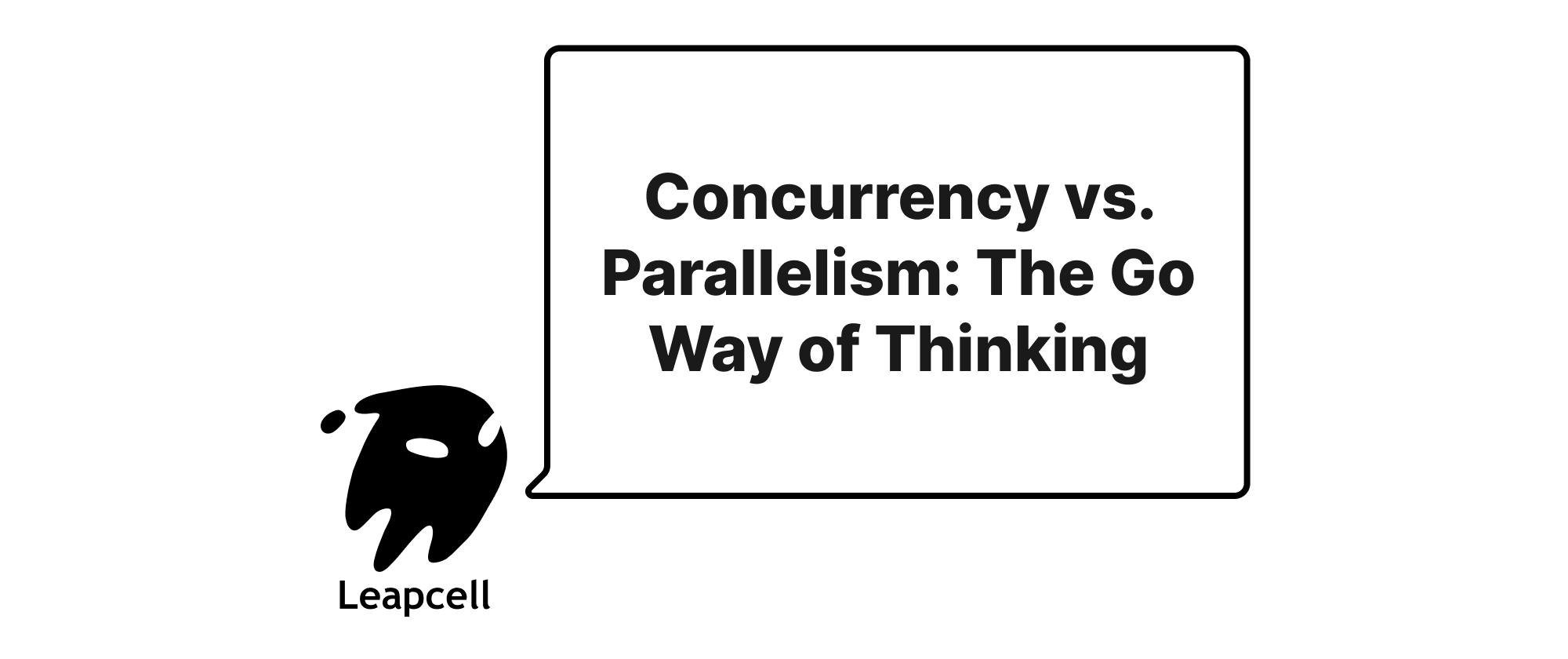
The Dance of Concurrency and Parallelism in Golang
Exploring Go's distinctive approach to managing concurrent operations, contrasting it with true parallelism, and unraveling its 'Go-centric' philosophy.
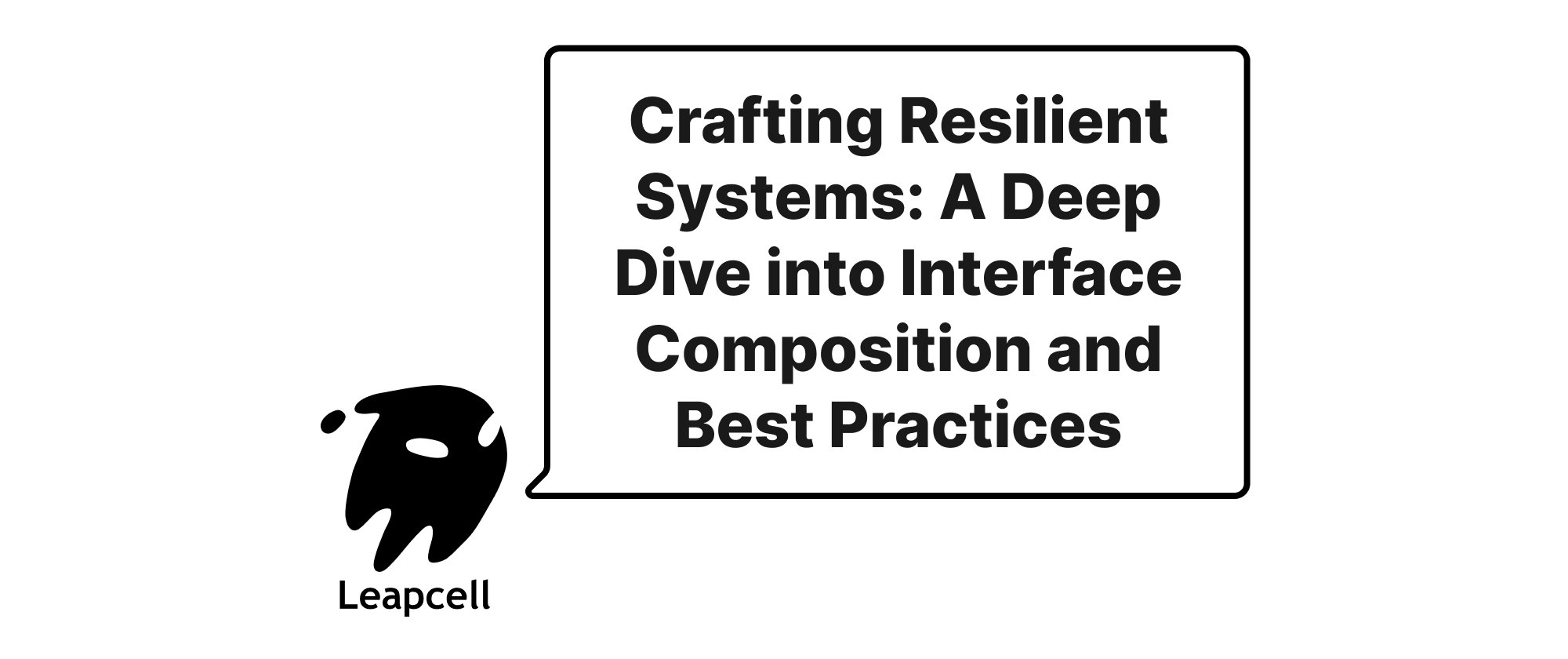
Interface Composition and Best Practices in Go
This article delves into the powerful concept of interface composition in Go, exploring its nuances, benefits, and practical applications. We'll examine how Go's implicit interfaces facilitate flexible and modular designs, discuss best practices for defining and using interfaces, and illustrate these concepts with concrete code examples.
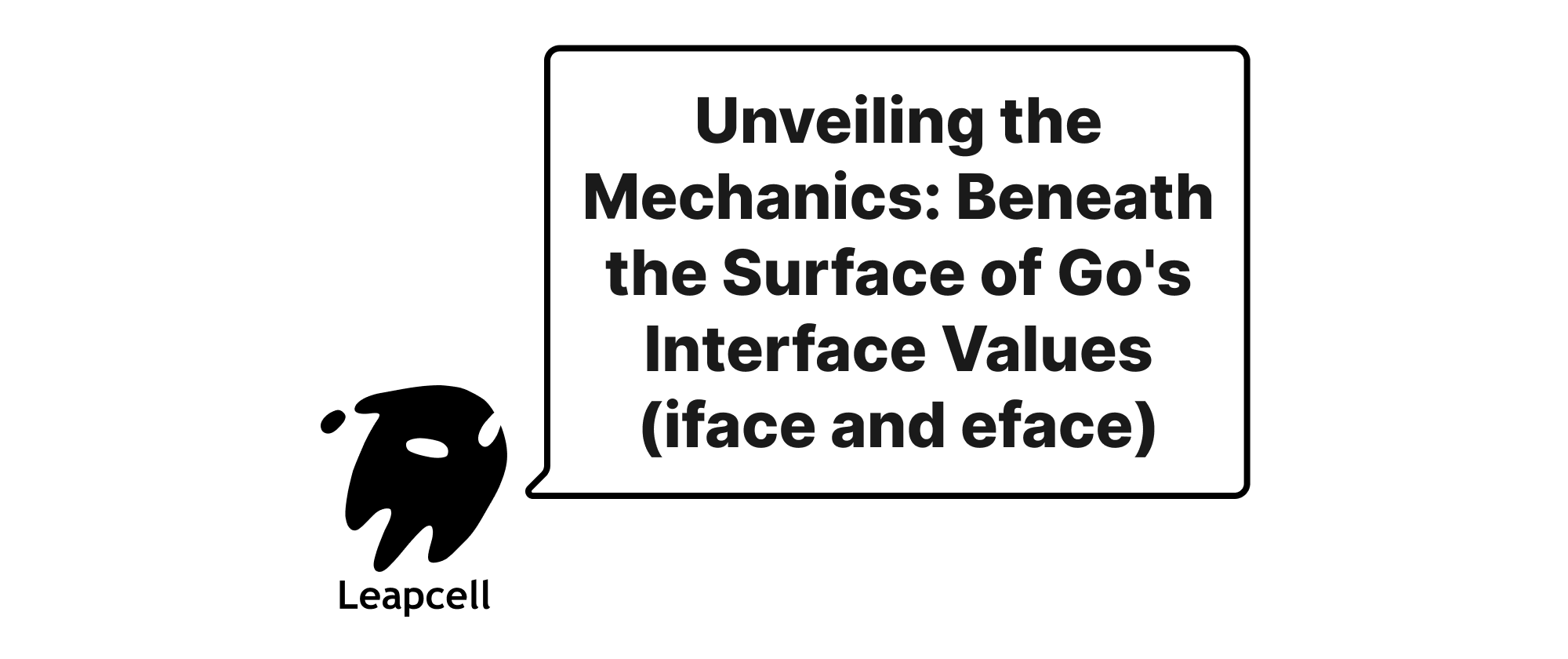
Unveiling the Mechanisms: The Hidden World of Go Interface Values
This article dives deep into the internal representation of Go interface values, explaining the 'iface' and 'eface' structures, how they manage type information and data, and their implications for performance and type safety.
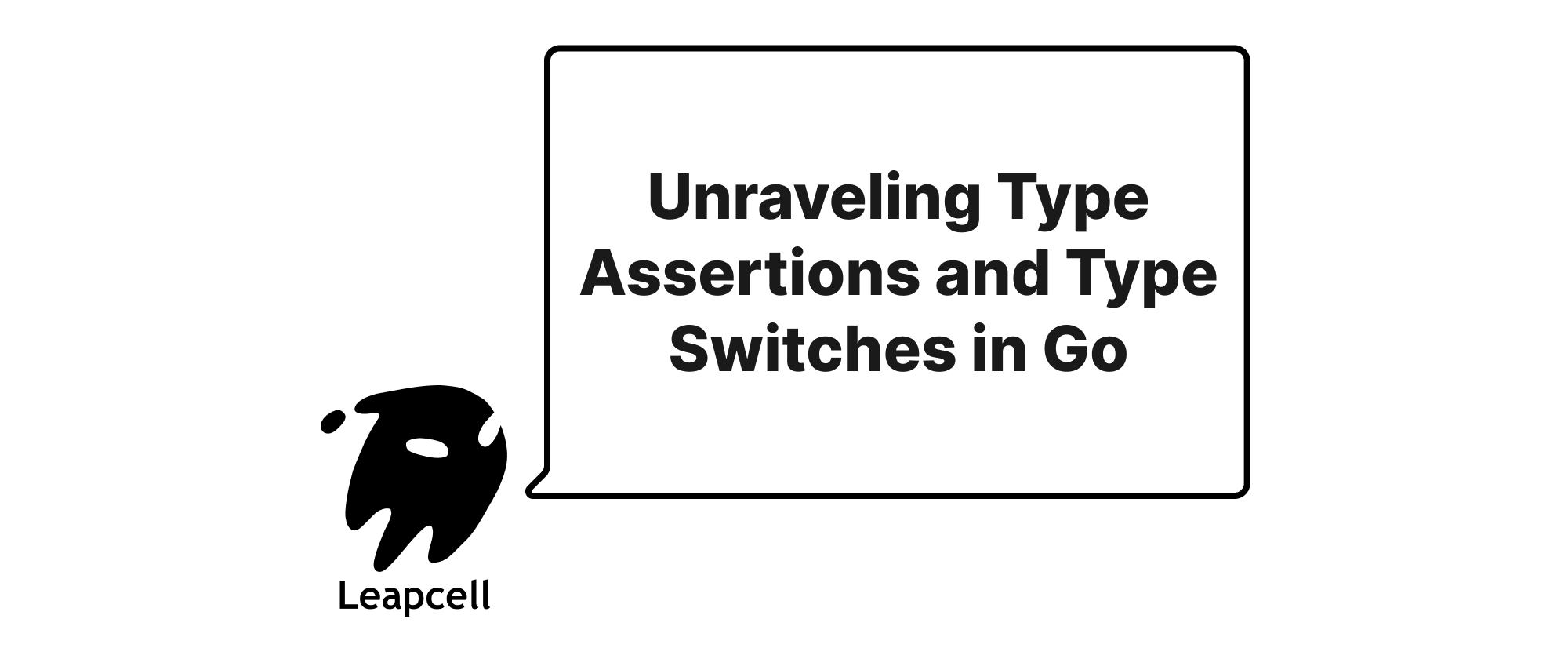
Understanding Type Assertion and Type Switch in Go
This article delves into the intricacies of Go's type assertion and type switch mechanisms, explaining their purpose, usage, and why they are essential tools for handling interfaces and dynamic types in Go programming.
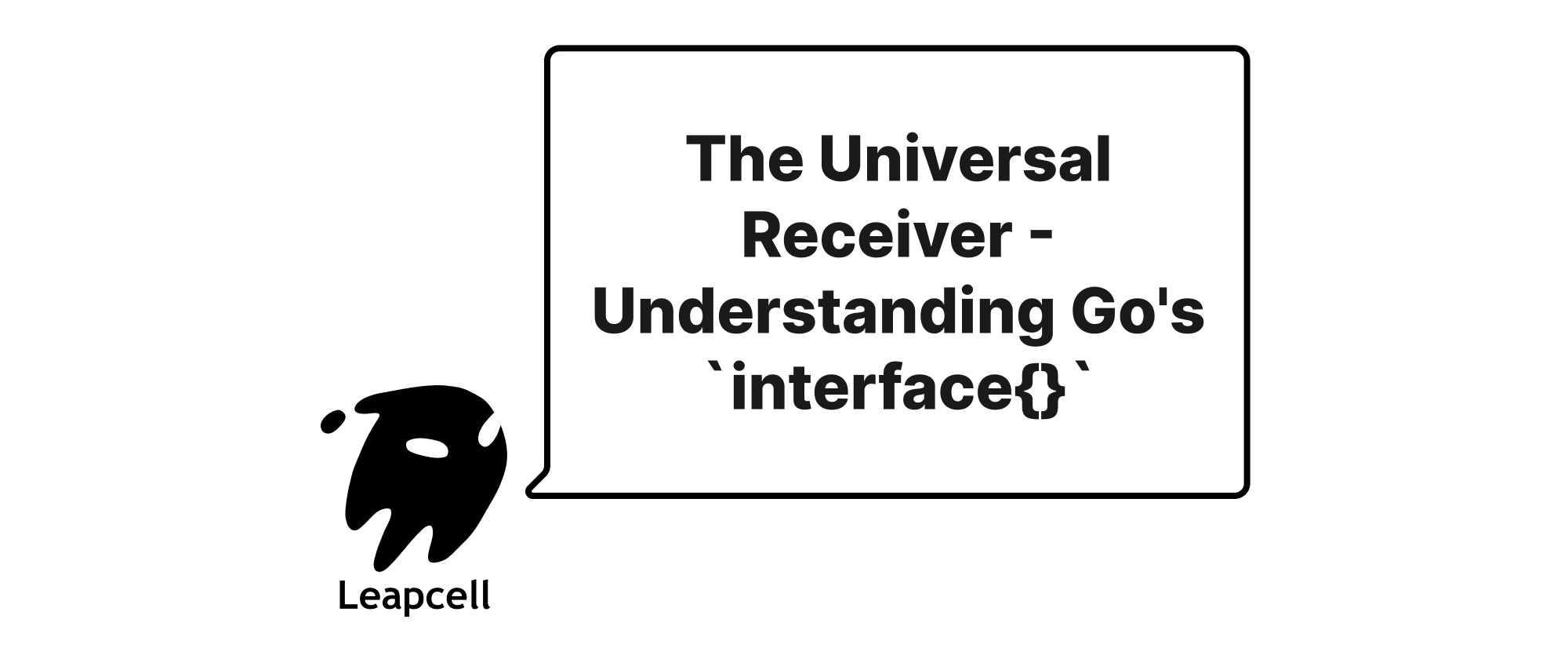
The Omnipresent `interface{}`: Embracing Any Type in Go
This article delves into the `interface{}` type in Go, explaining its role in accepting and handling any data type. It explores use cases like heterogeneous data structures, polymorphic functions, and the challenges associated with type assertion, while providing practical code examples.
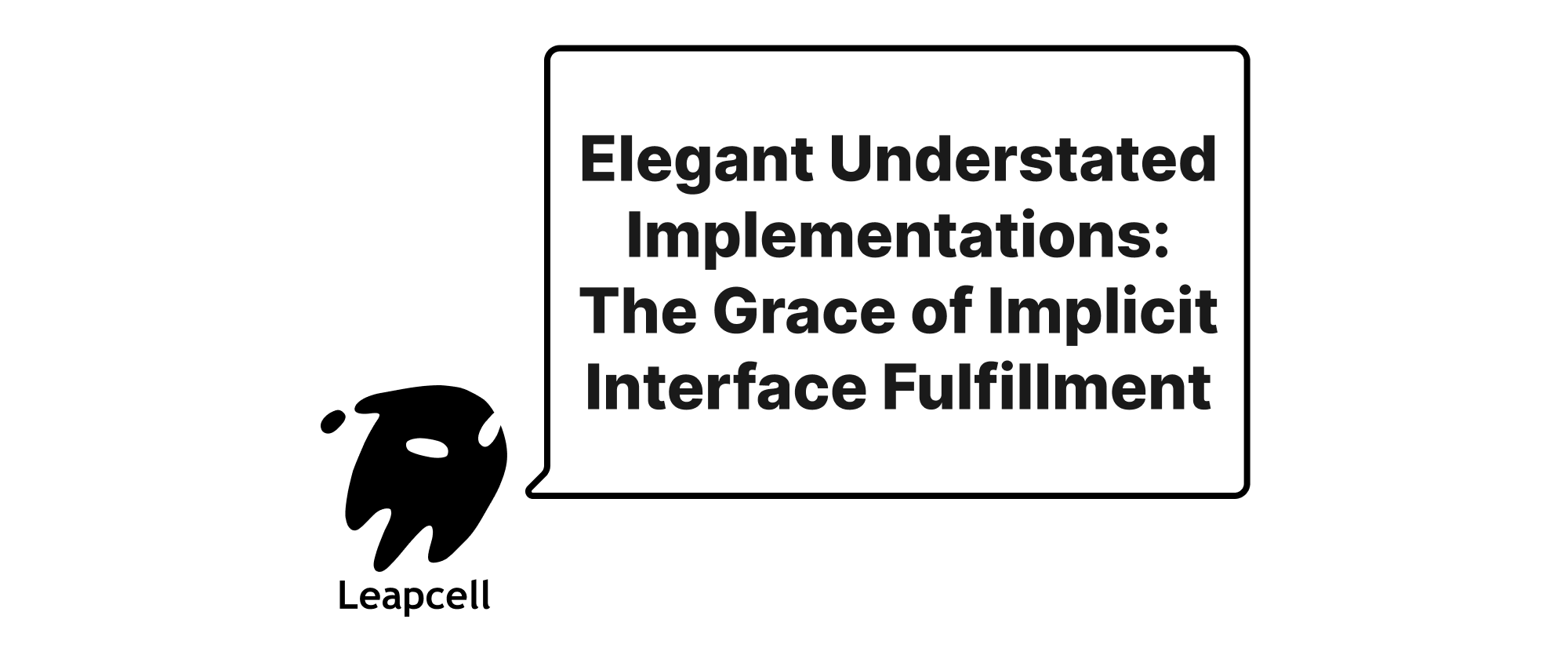
Elegant Interface Implementation in Go: The Beauty of Implicit Contracts
This article delves into Go's unique approach to interface implementation, highlighting the elegance and practical benefits of implicit satisfaction. Through code examples, it illustrates how this design choice fosters flexibility, promotes decoupling, and contributes to Go's concurrent and scalable nature.
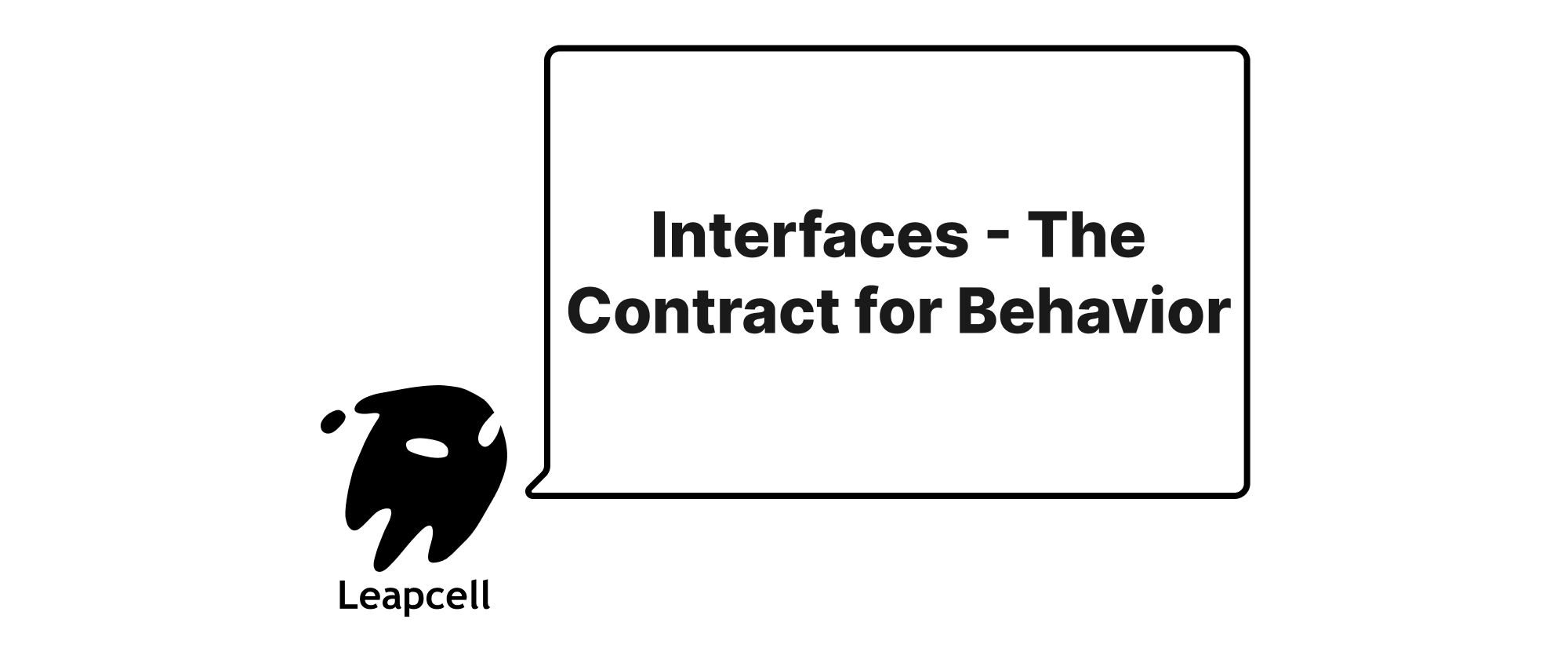
Interface: Defining Behavioral Contracts in Go
This article delves into the concept of interfaces in Go, explaining their role as behavioral contracts. It covers how interfaces are implicitly implemented, their power for polymorphism and flexible design, and common use cases with practical code examples.
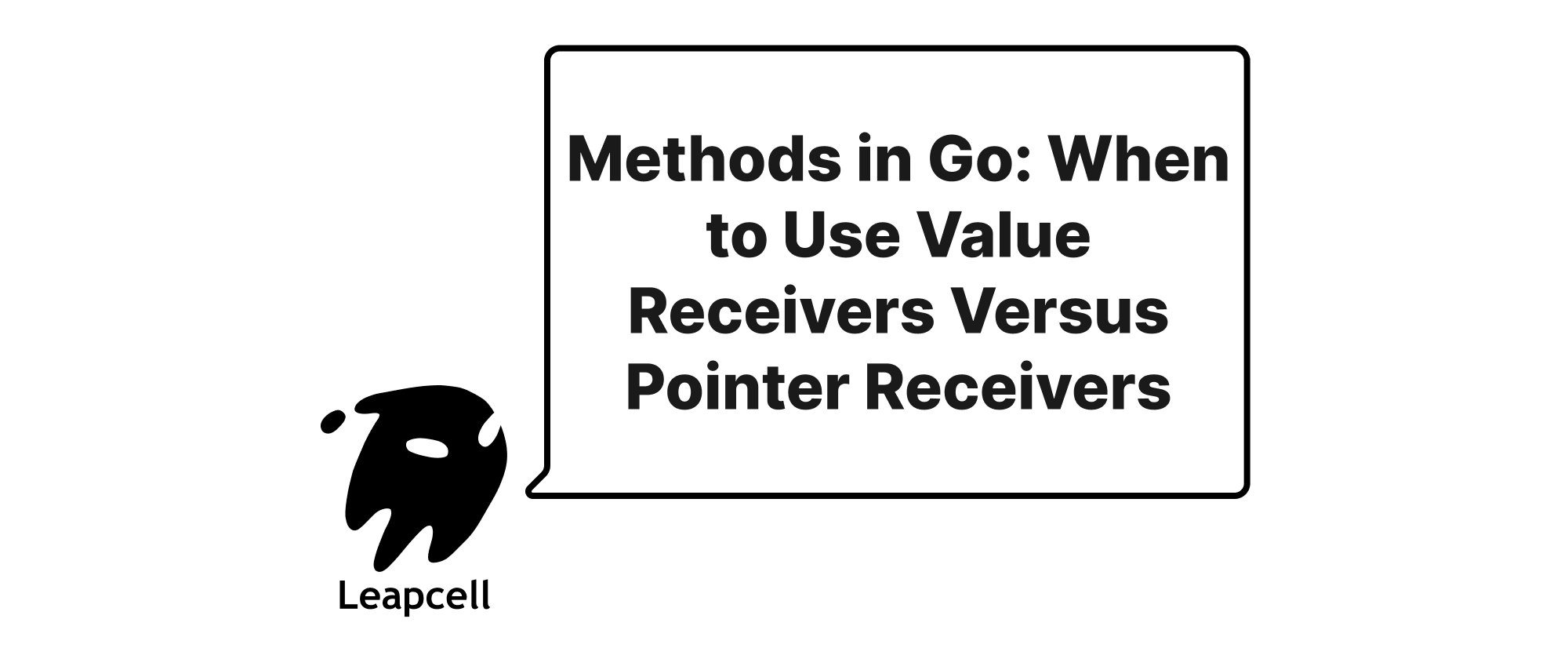
Unveiling Go Methods: Value vs. Pointer Receivers Explained
A deep dive into Go's method receivers, distinguishing between value and pointer receivers and their implications for behavior binding in structs, with practical code examples.
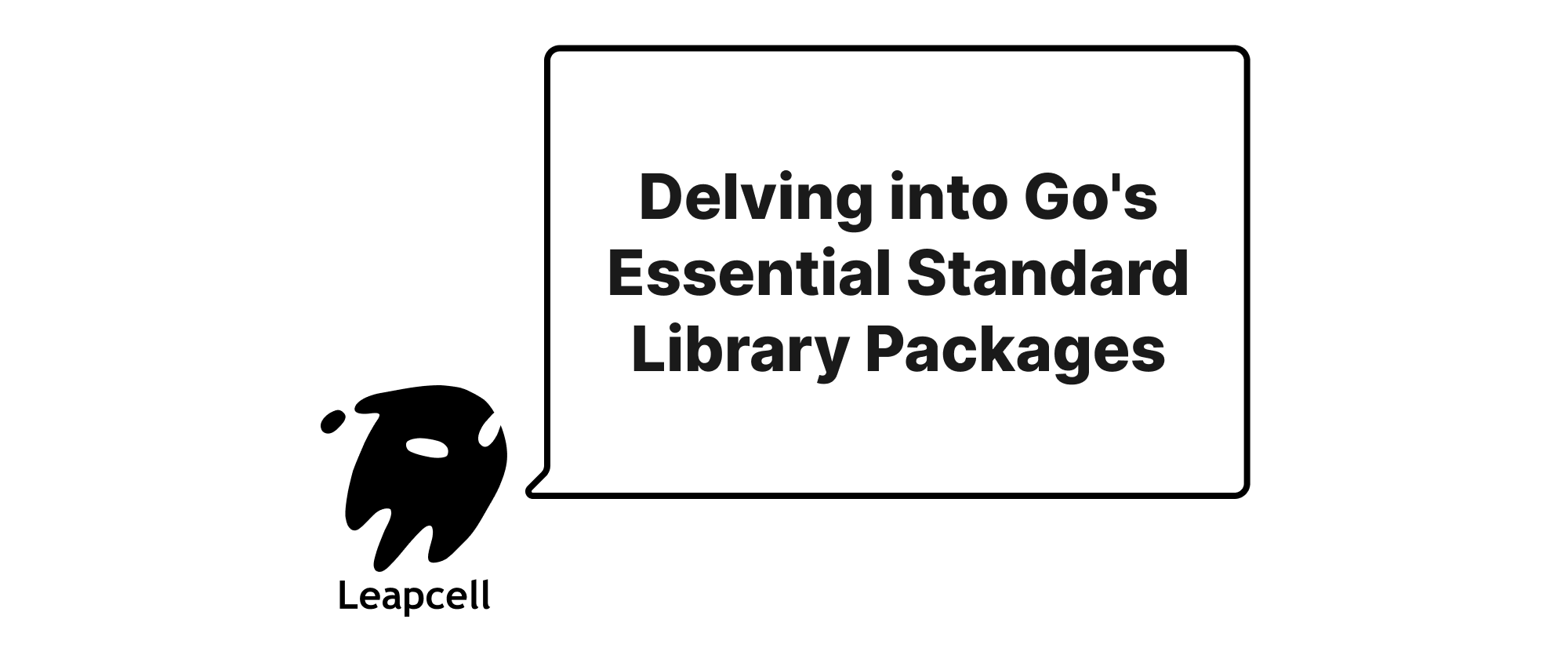
Navigating Go's Standard Library: Essential Packages for Everyday Programming
This article delves into some of Go's most frequently used standard library packages – fmt, os, io, time, strings, and strconv – providing a comprehensive overview of their functionalities with practical code examples to demonstrate their utility in Go programming.
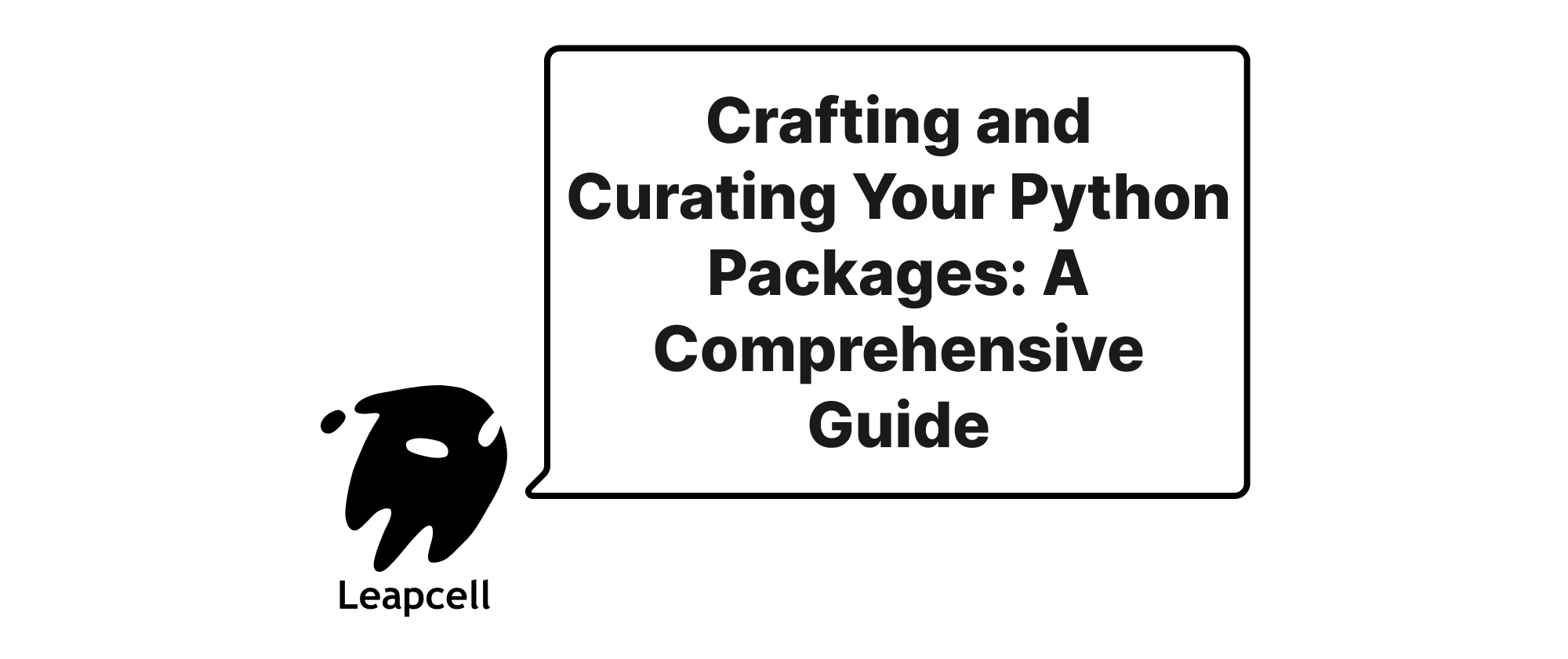
Architecting Reusable Codebases - A Guide to Structuring Go Packages
This article delves into the art and science of organizing Go code into well-structured, maintainable, and reusable packages. It covers best practices for package design, naming conventions, dependency management, and how to effectively create and consume your own Go modules.
